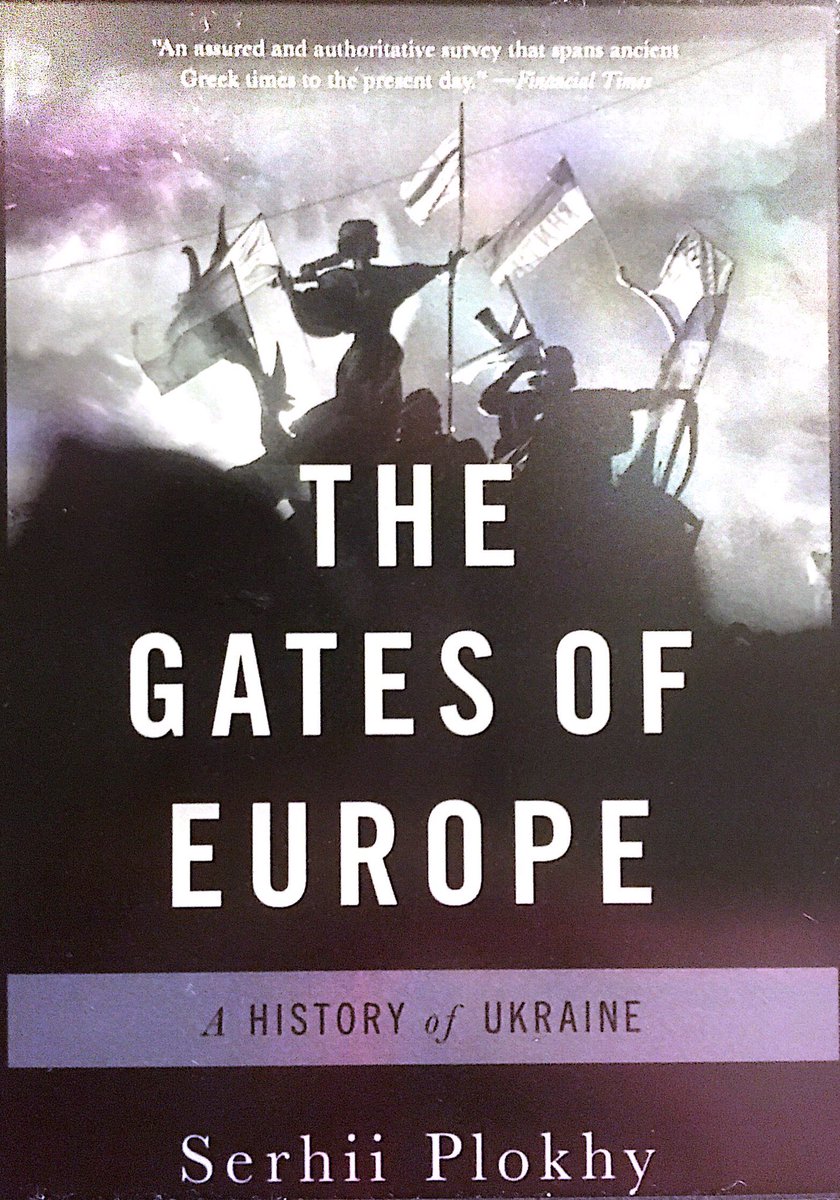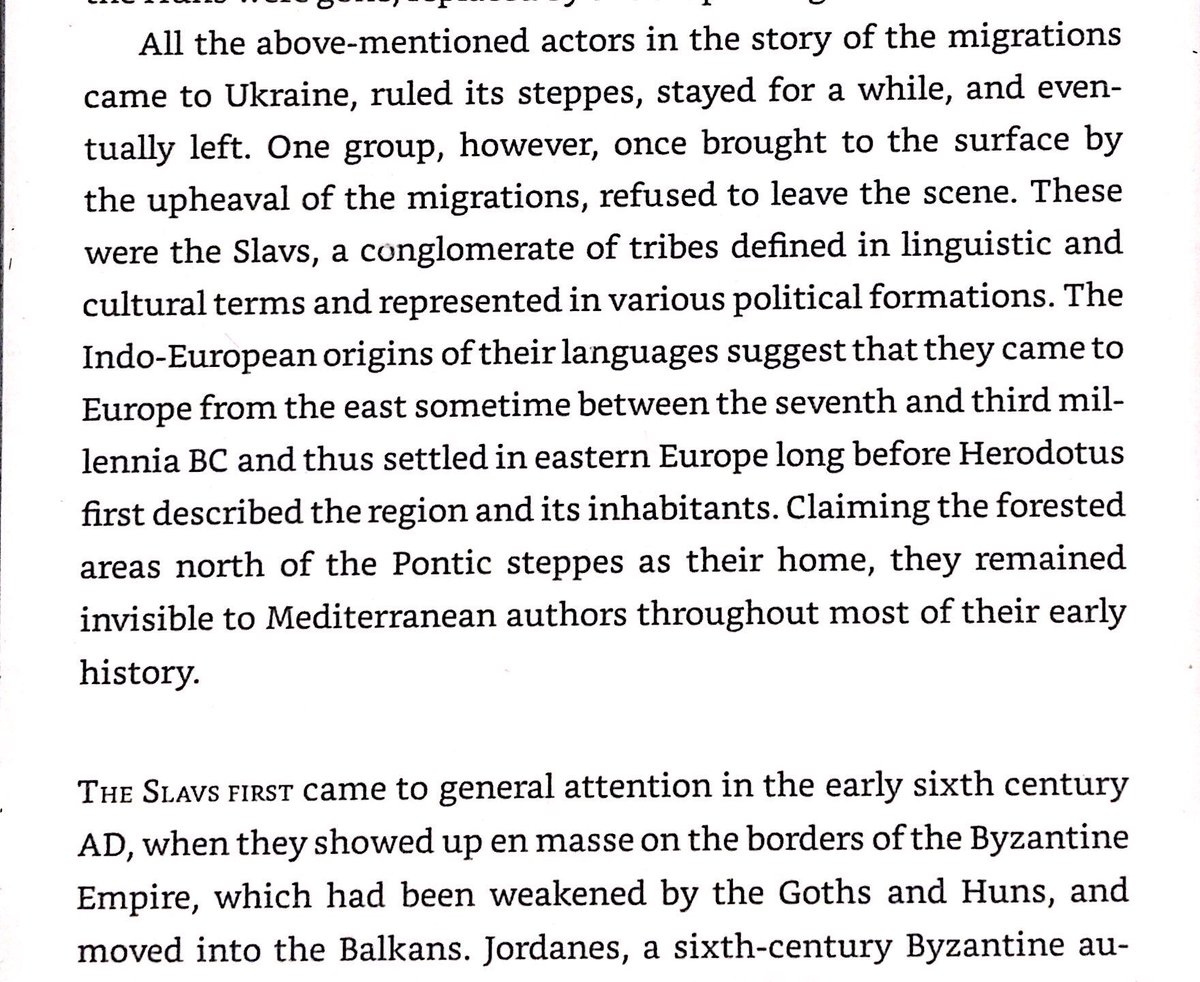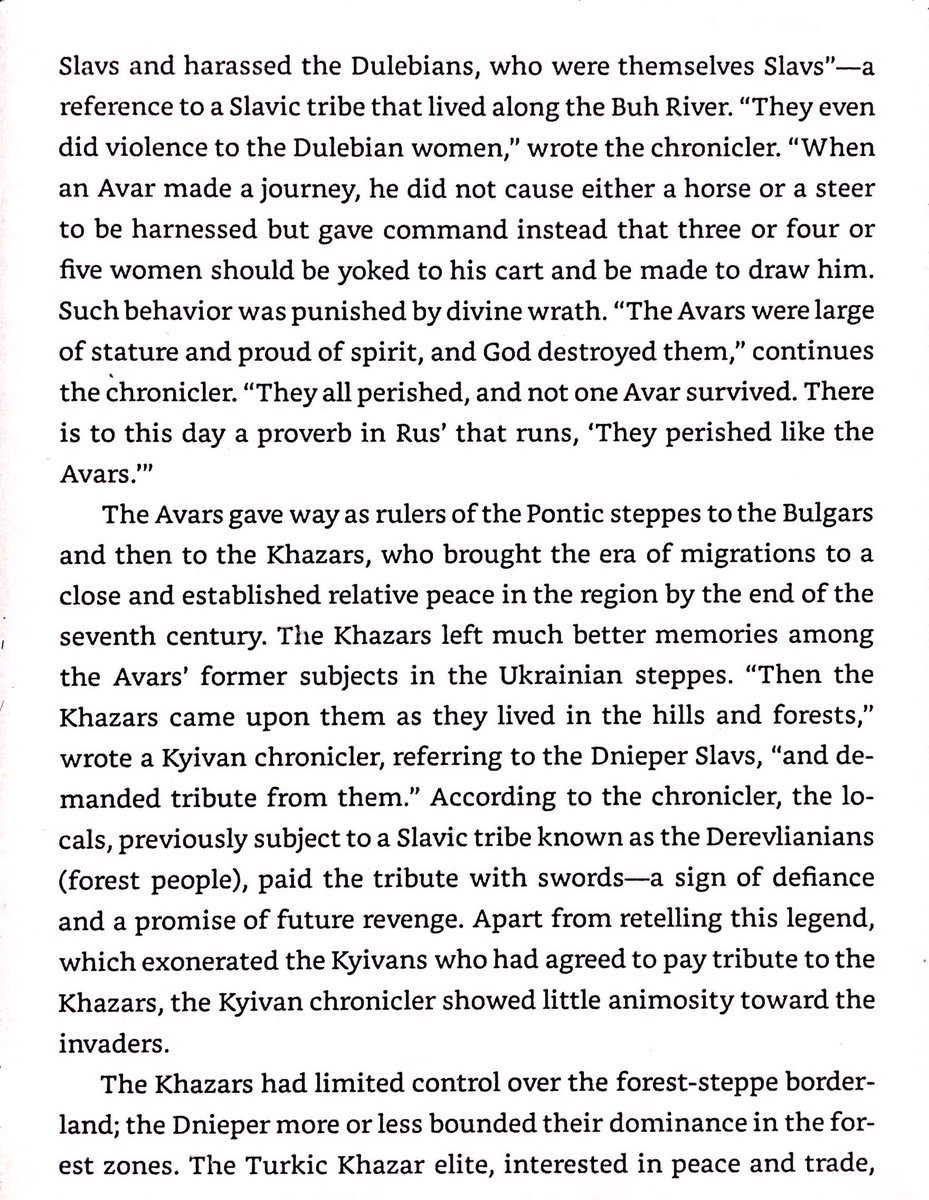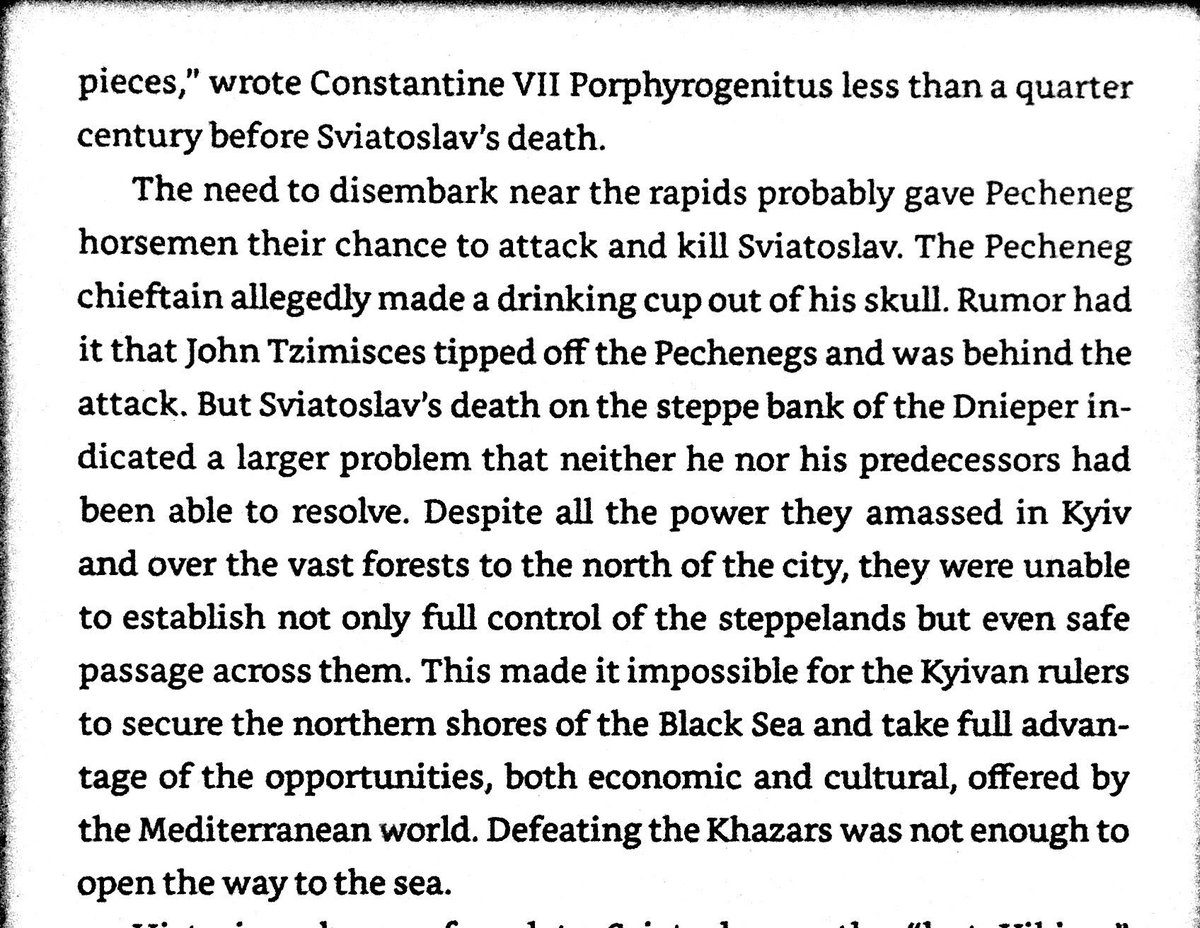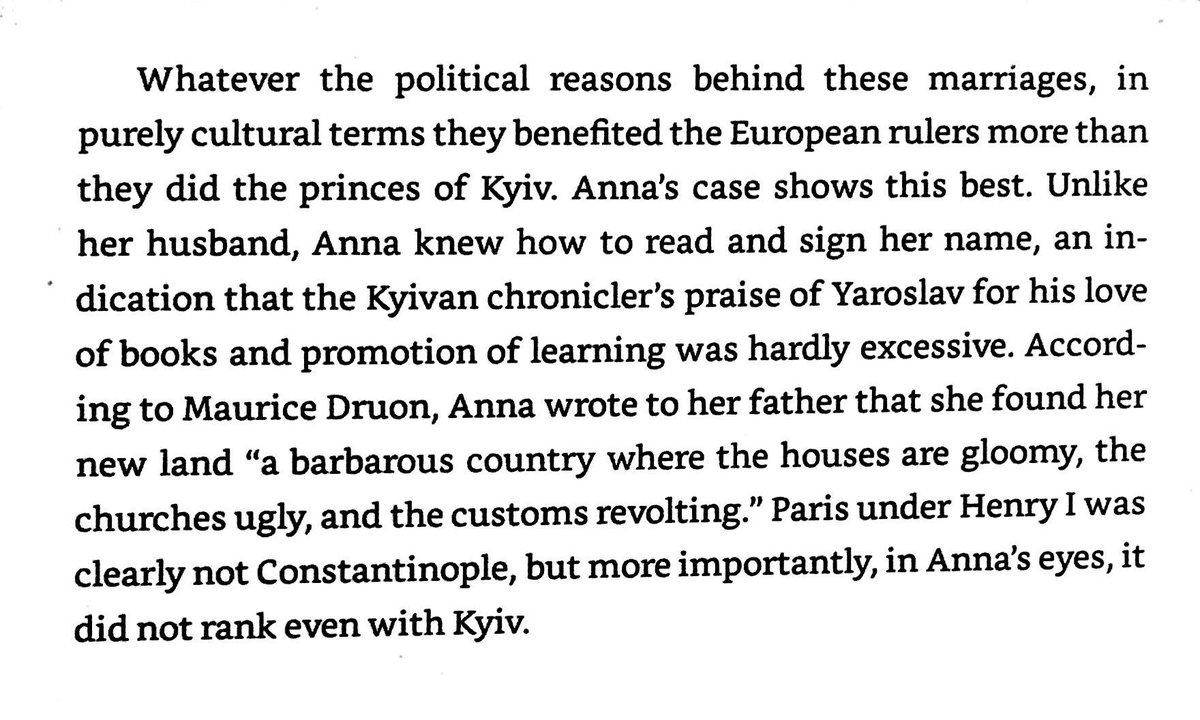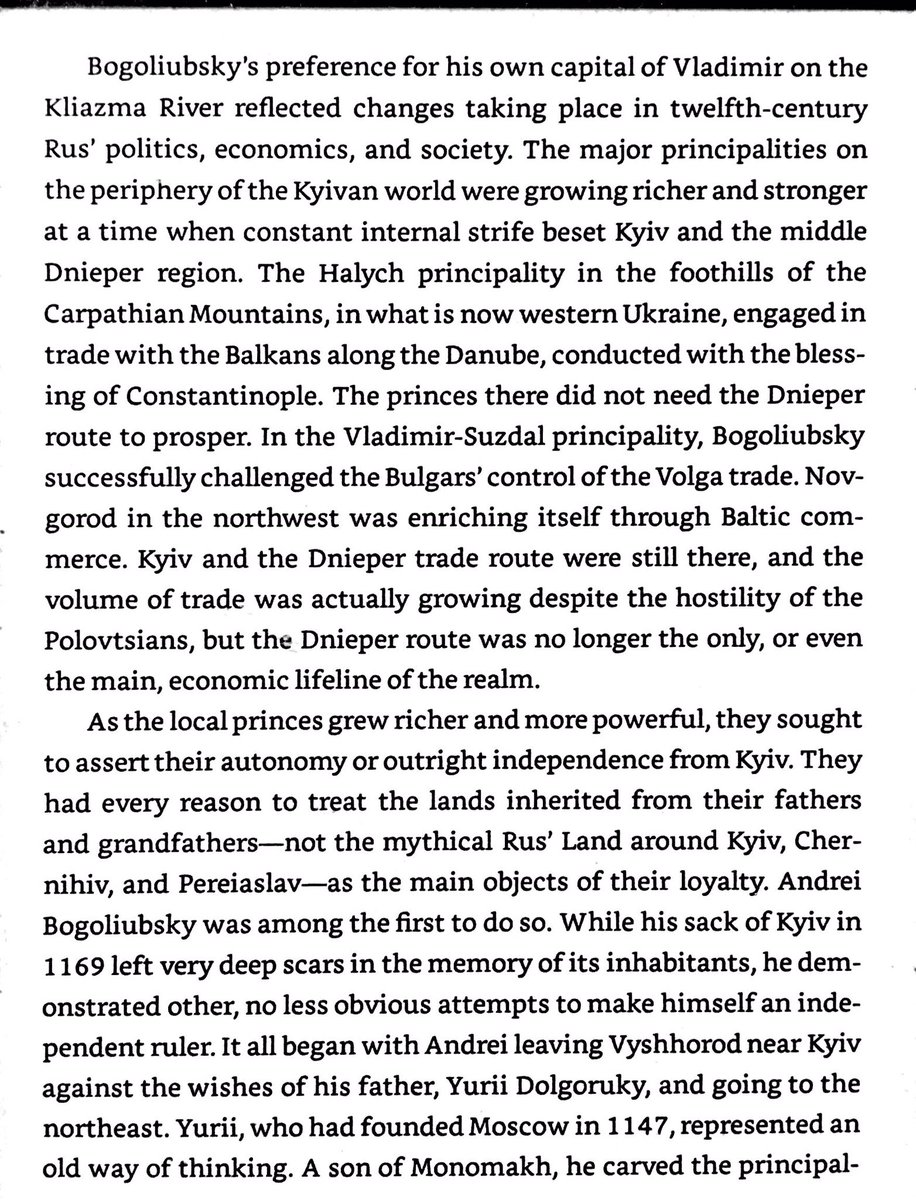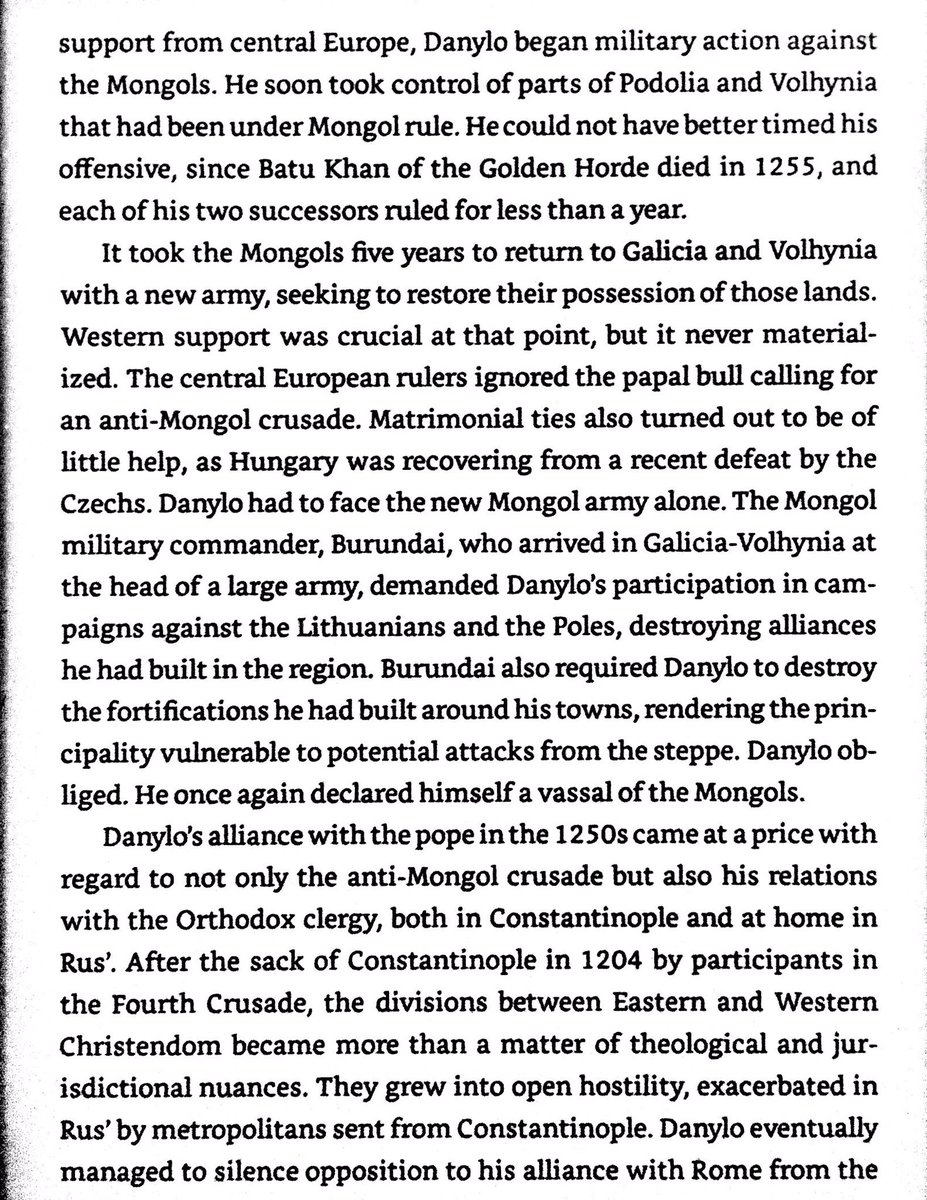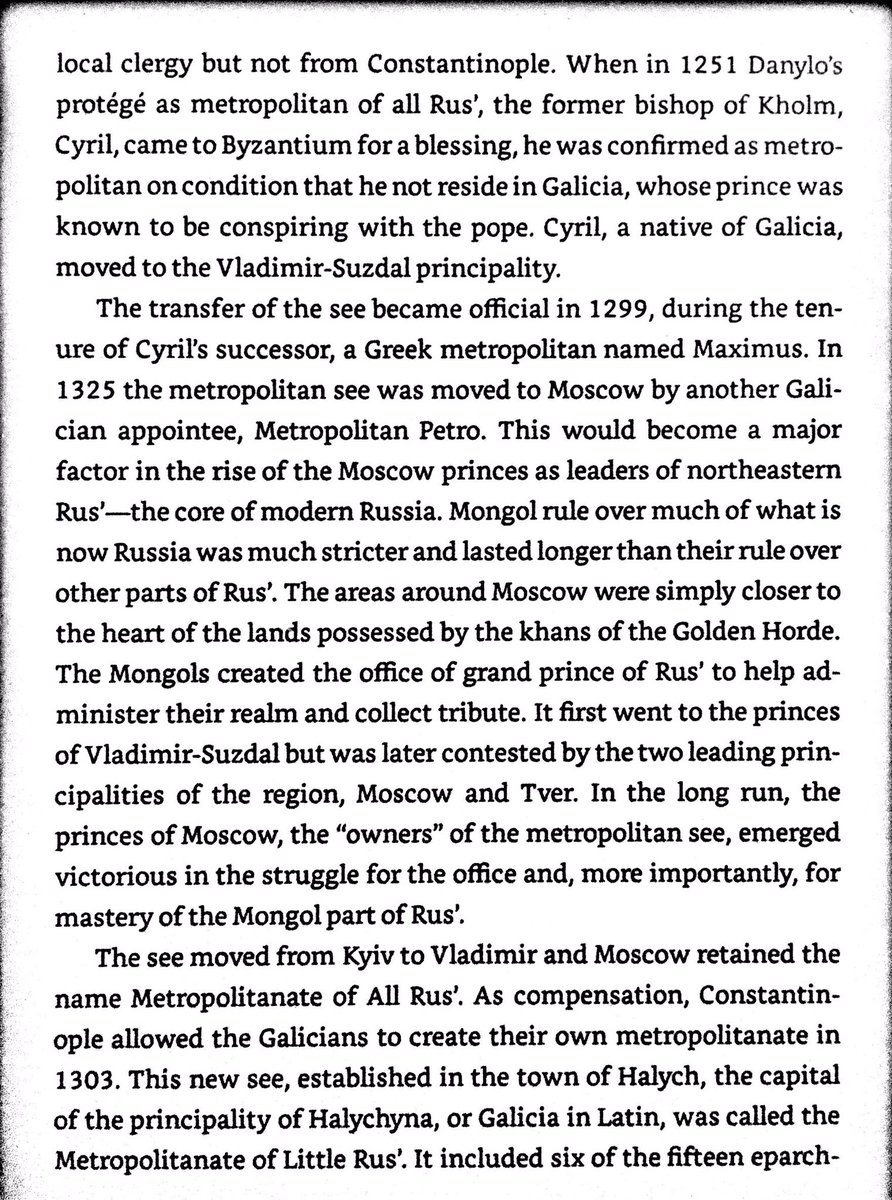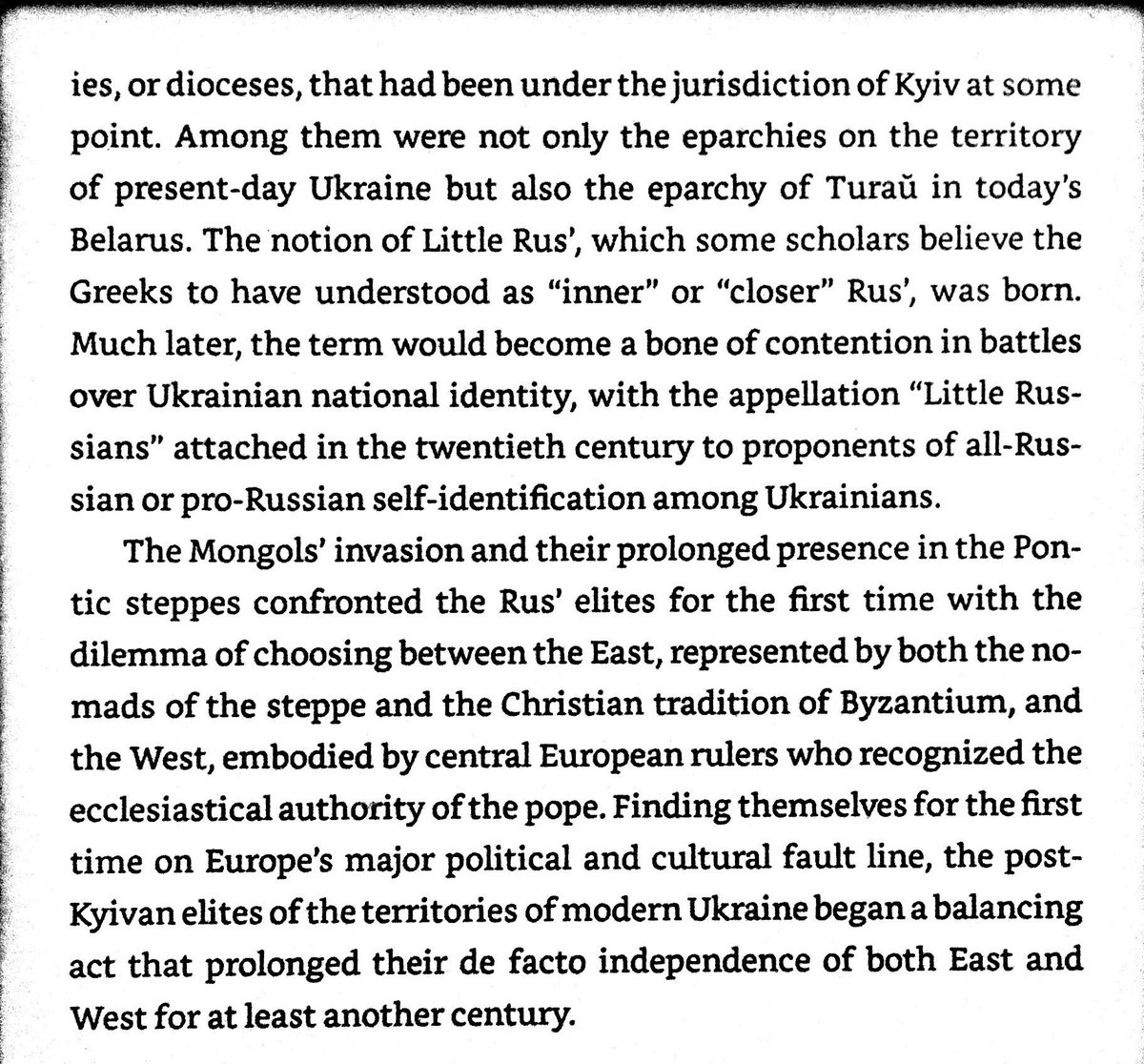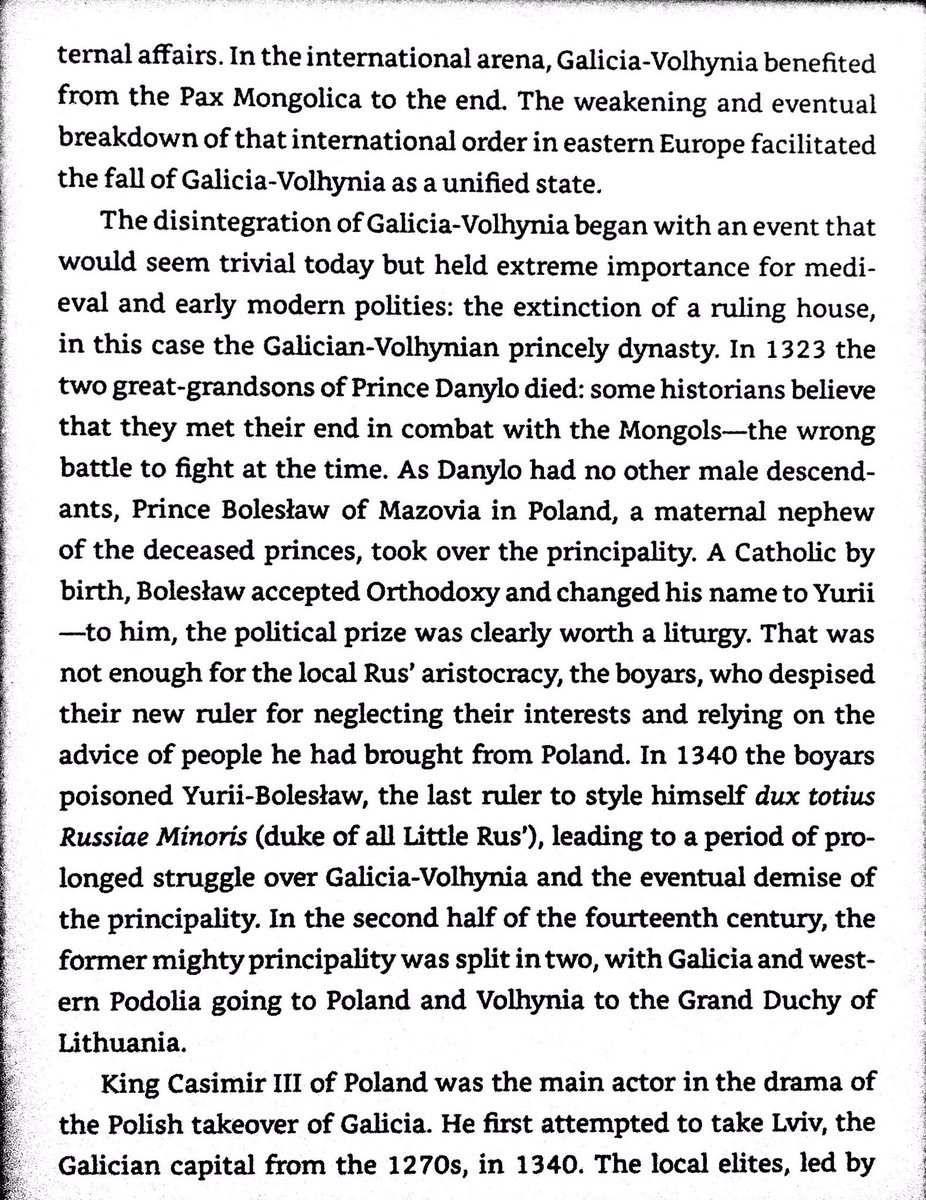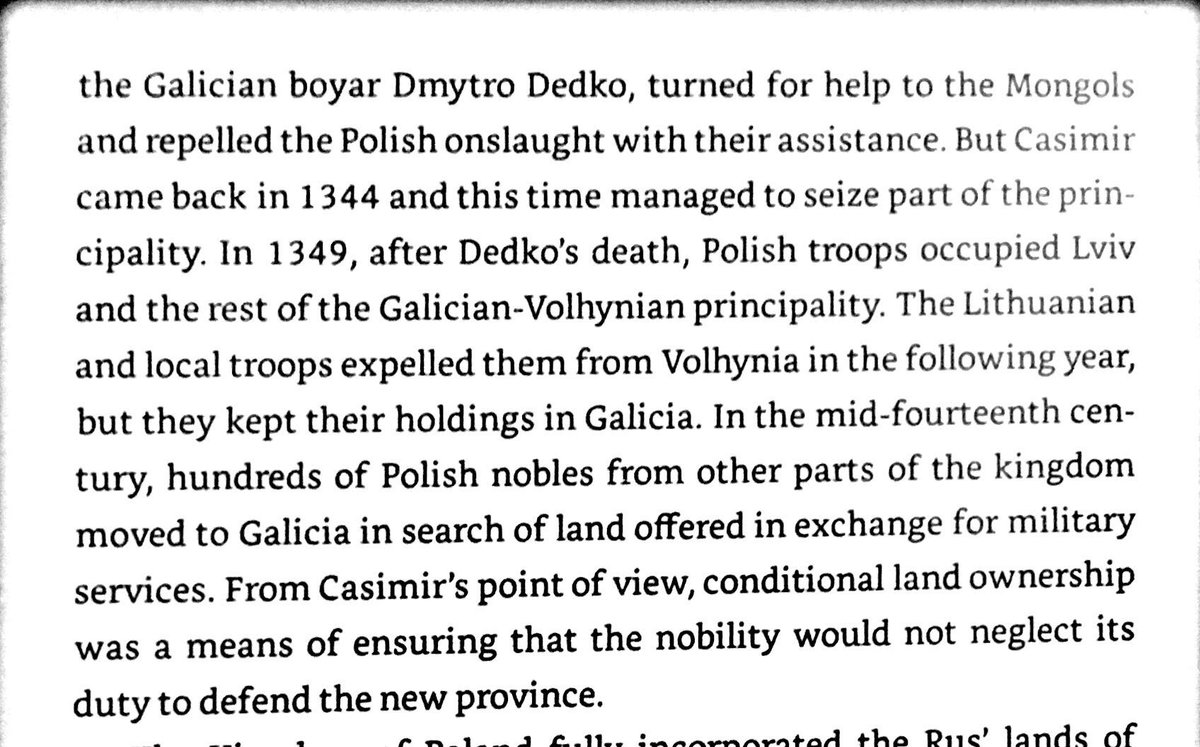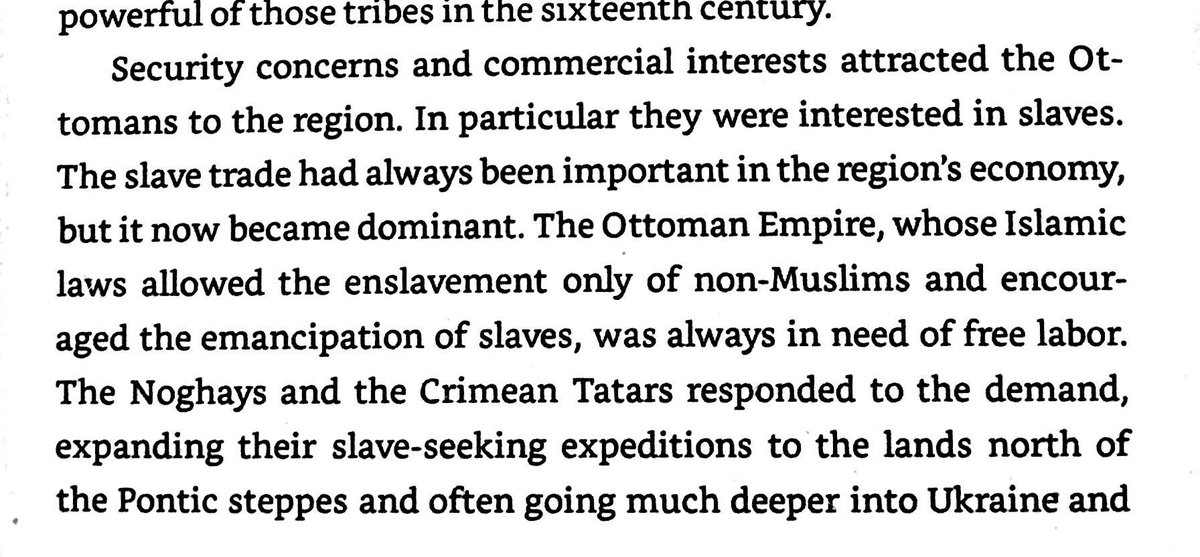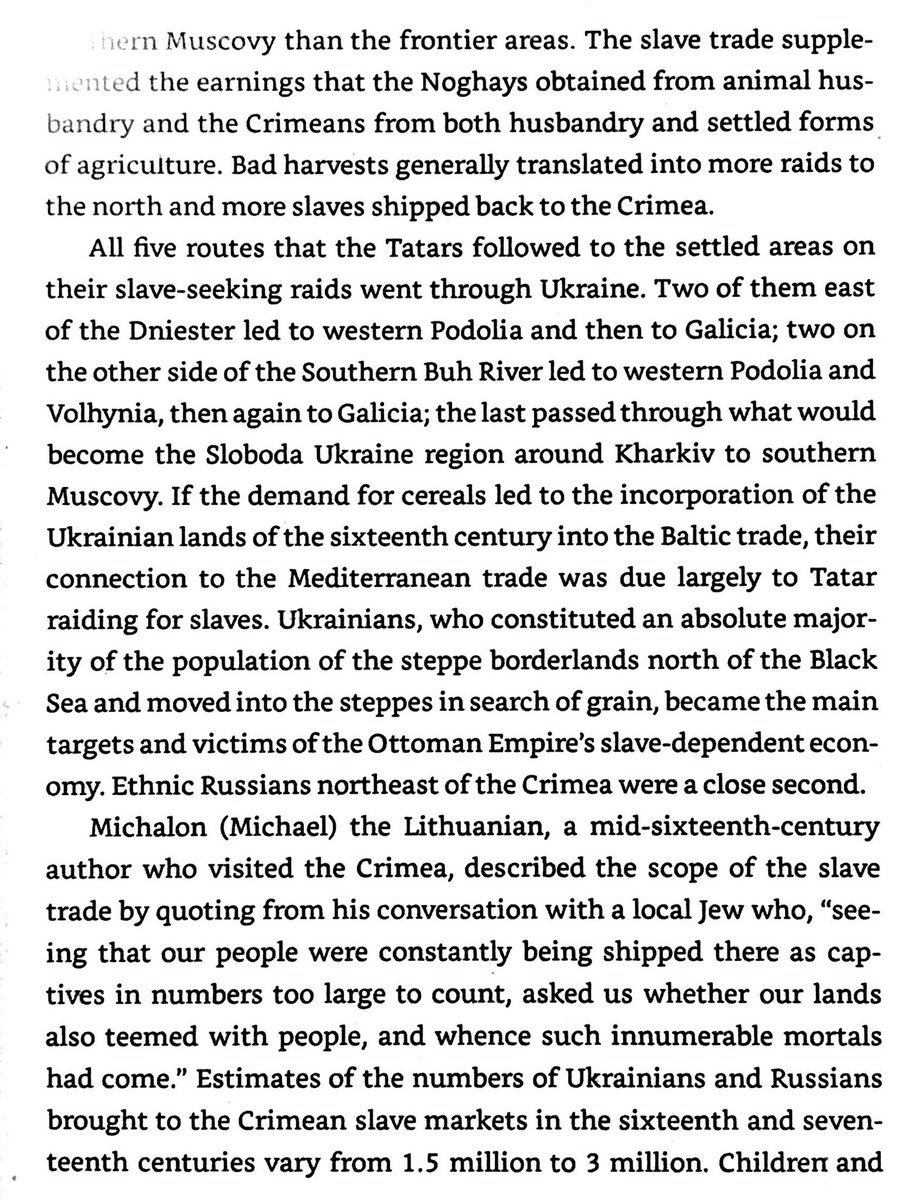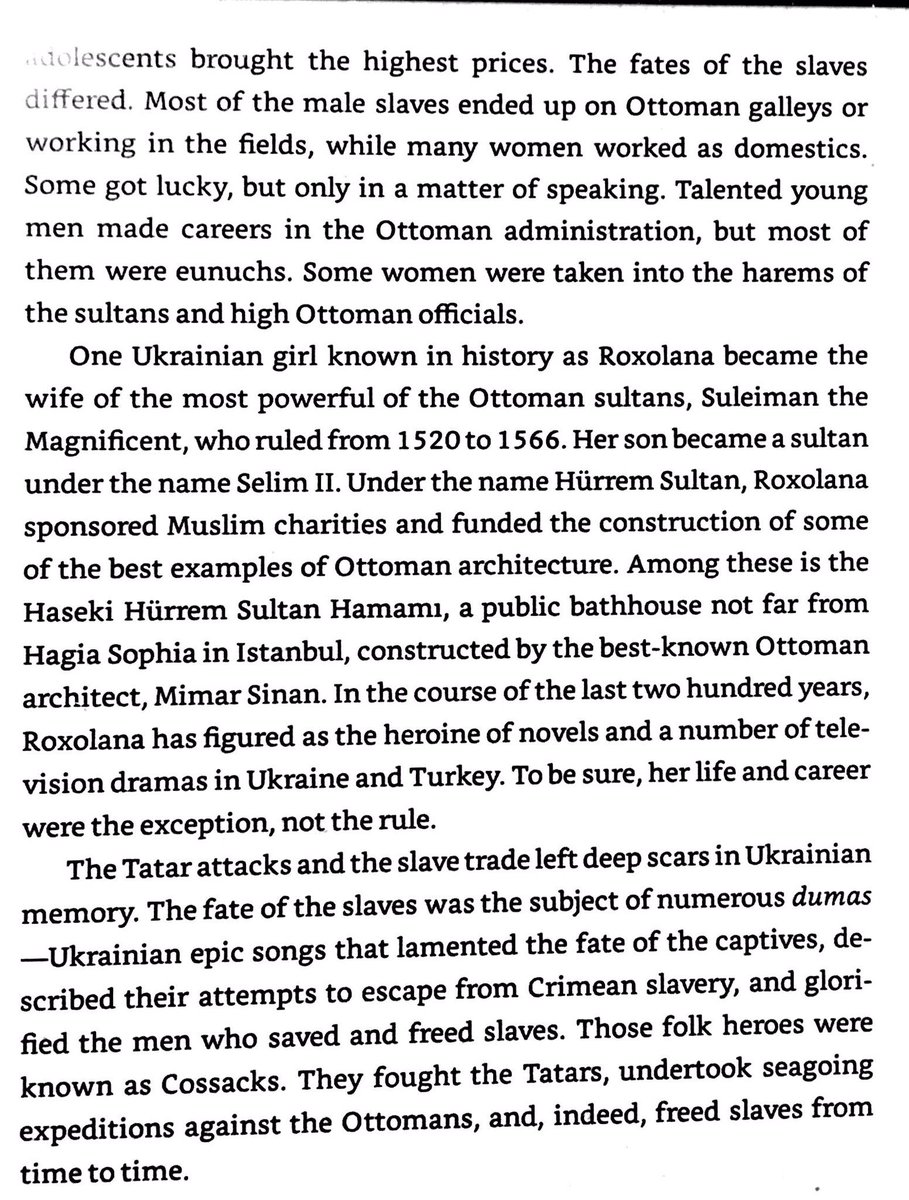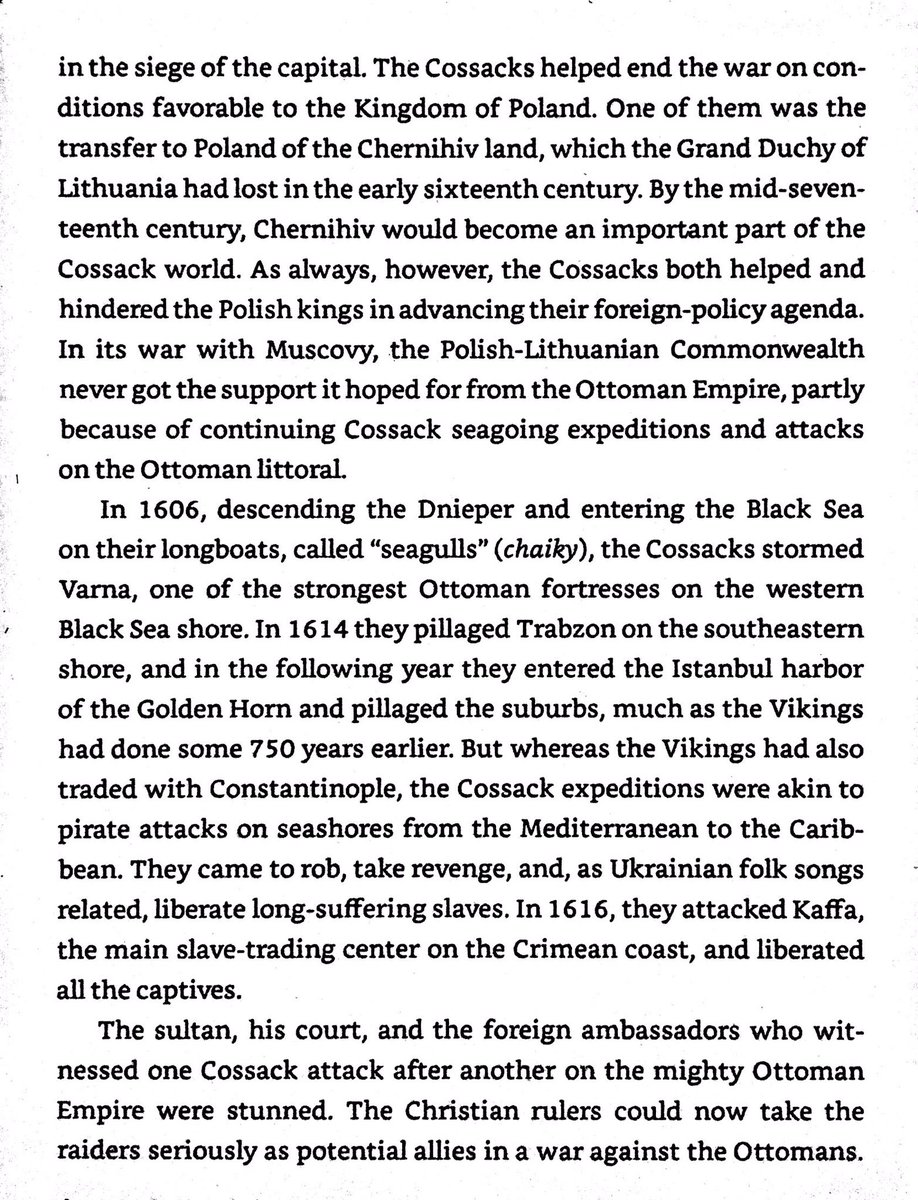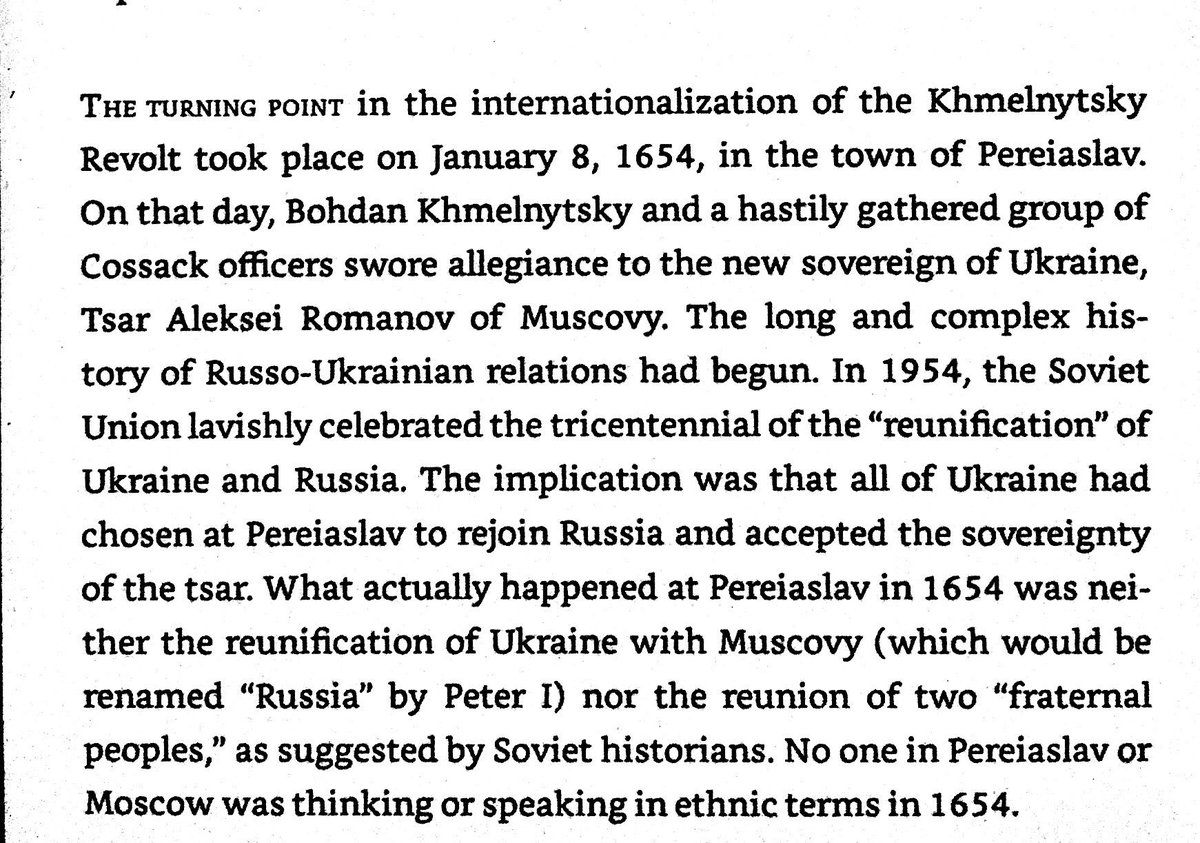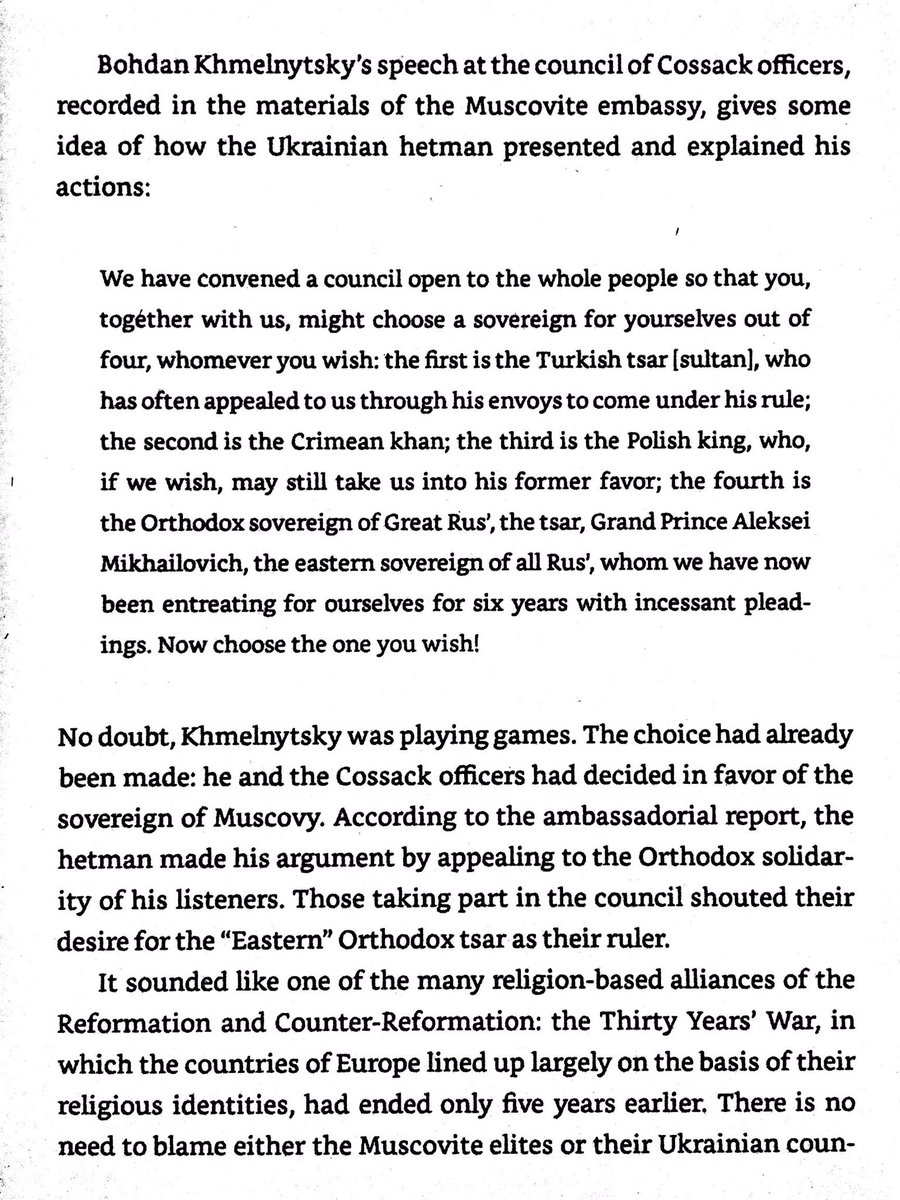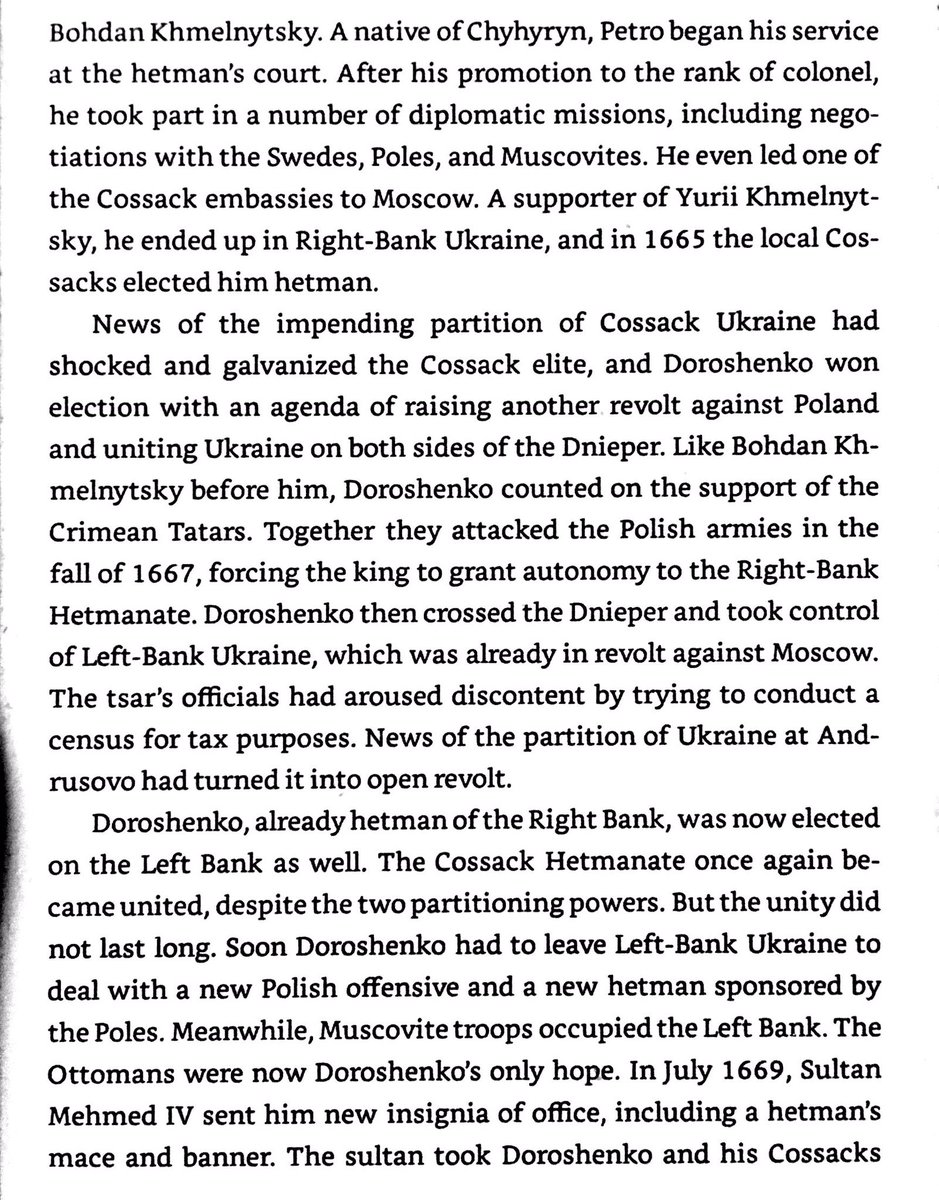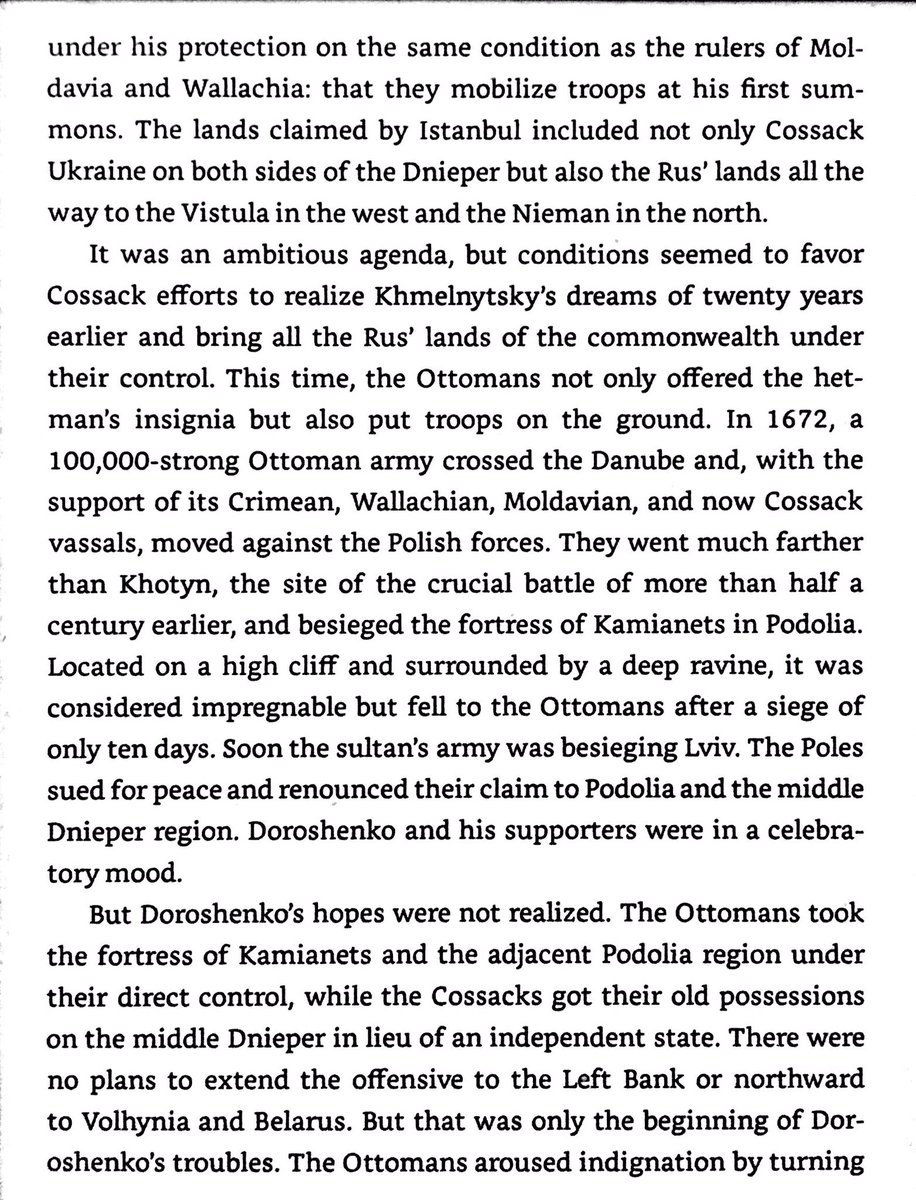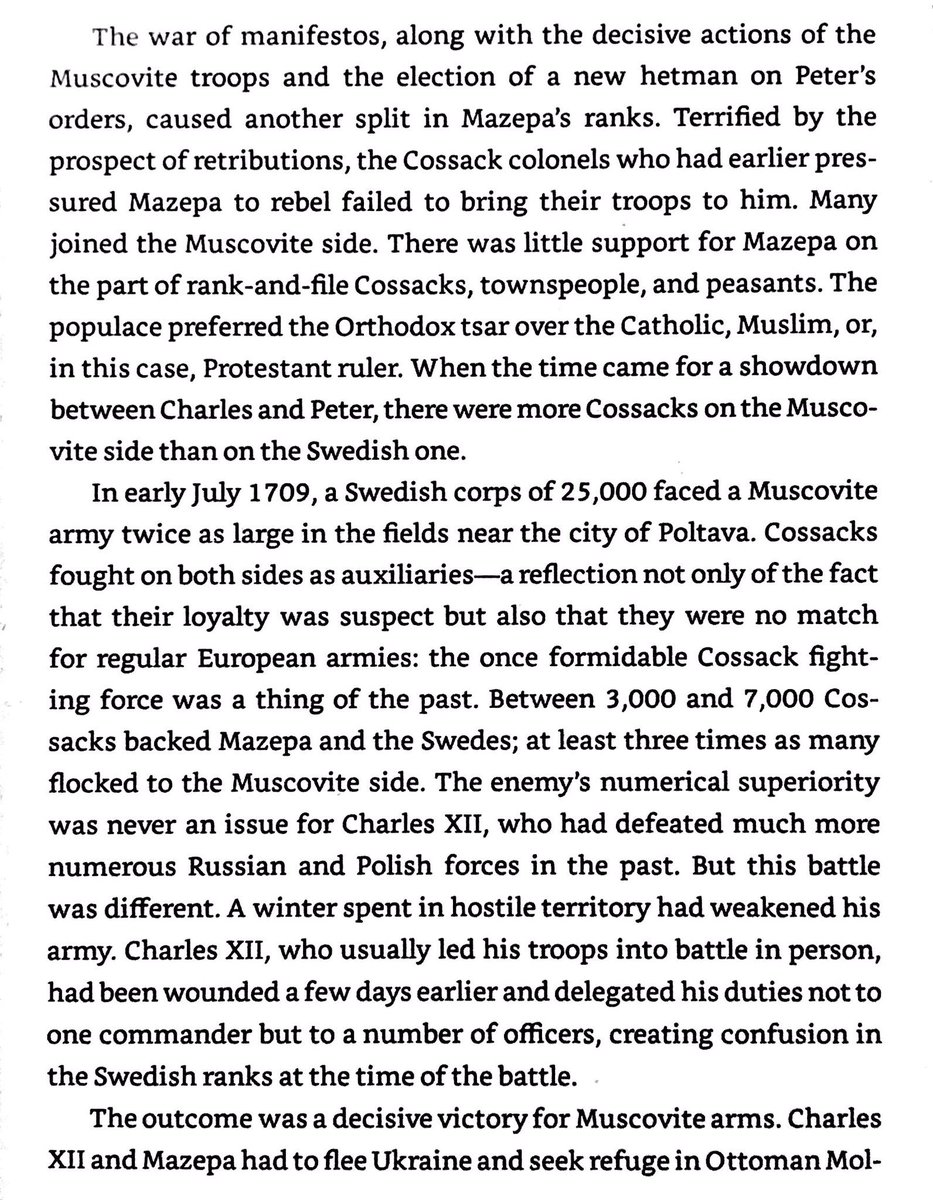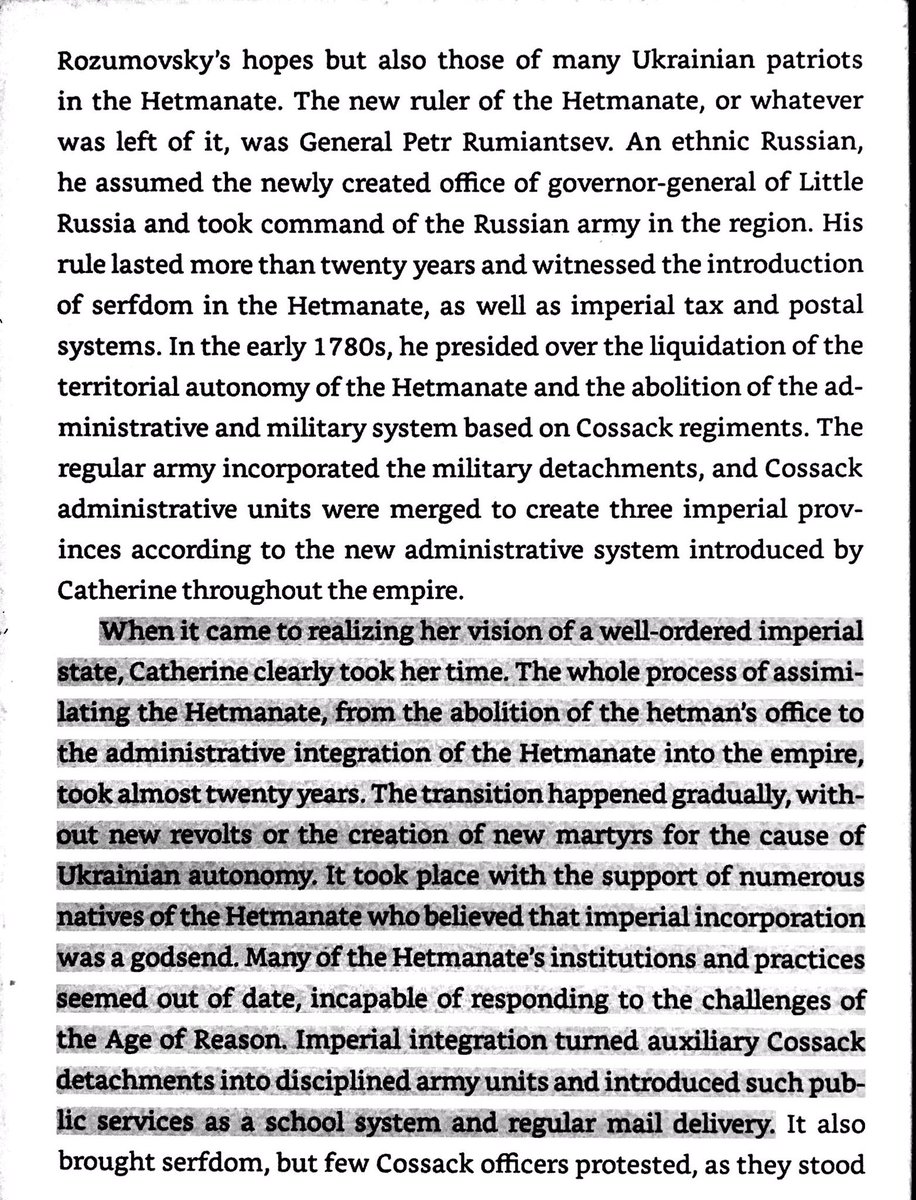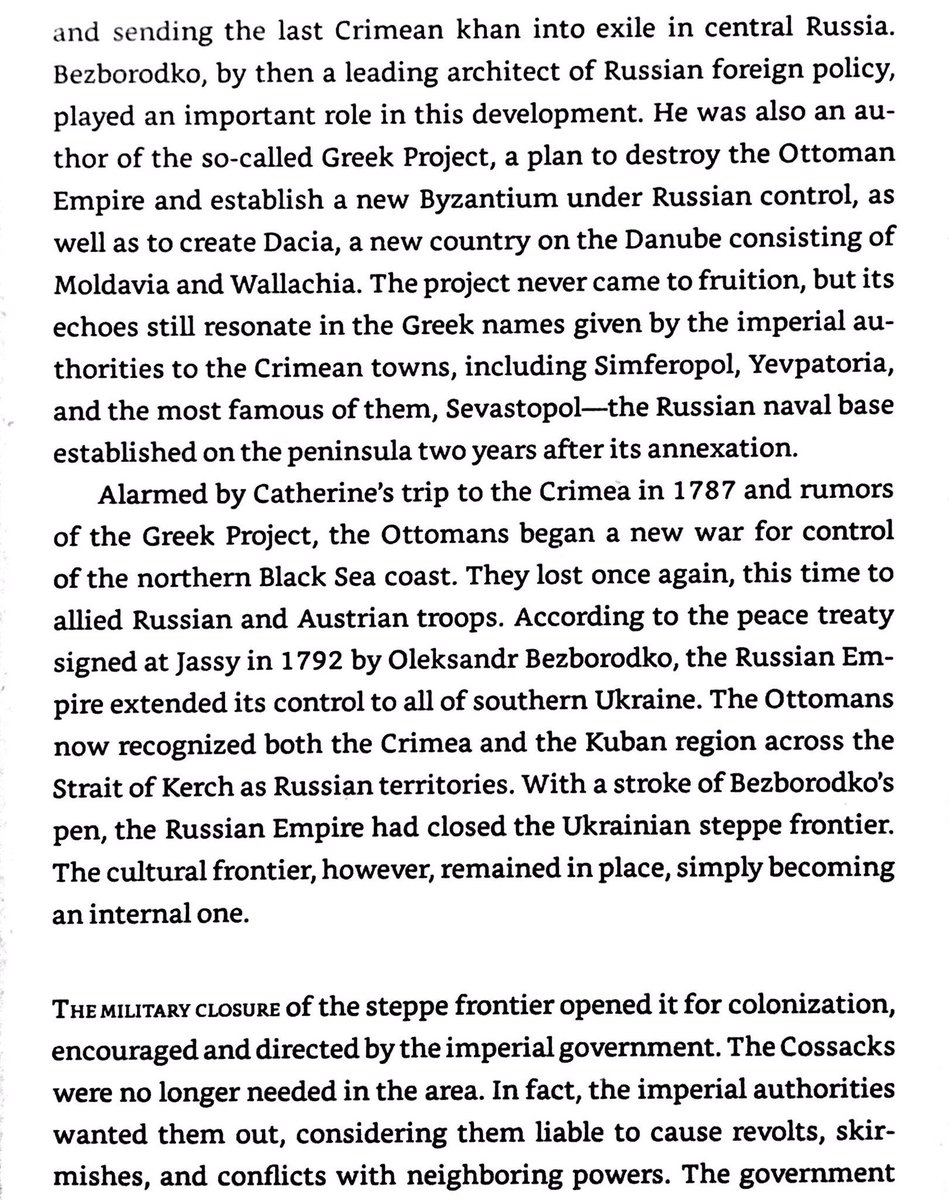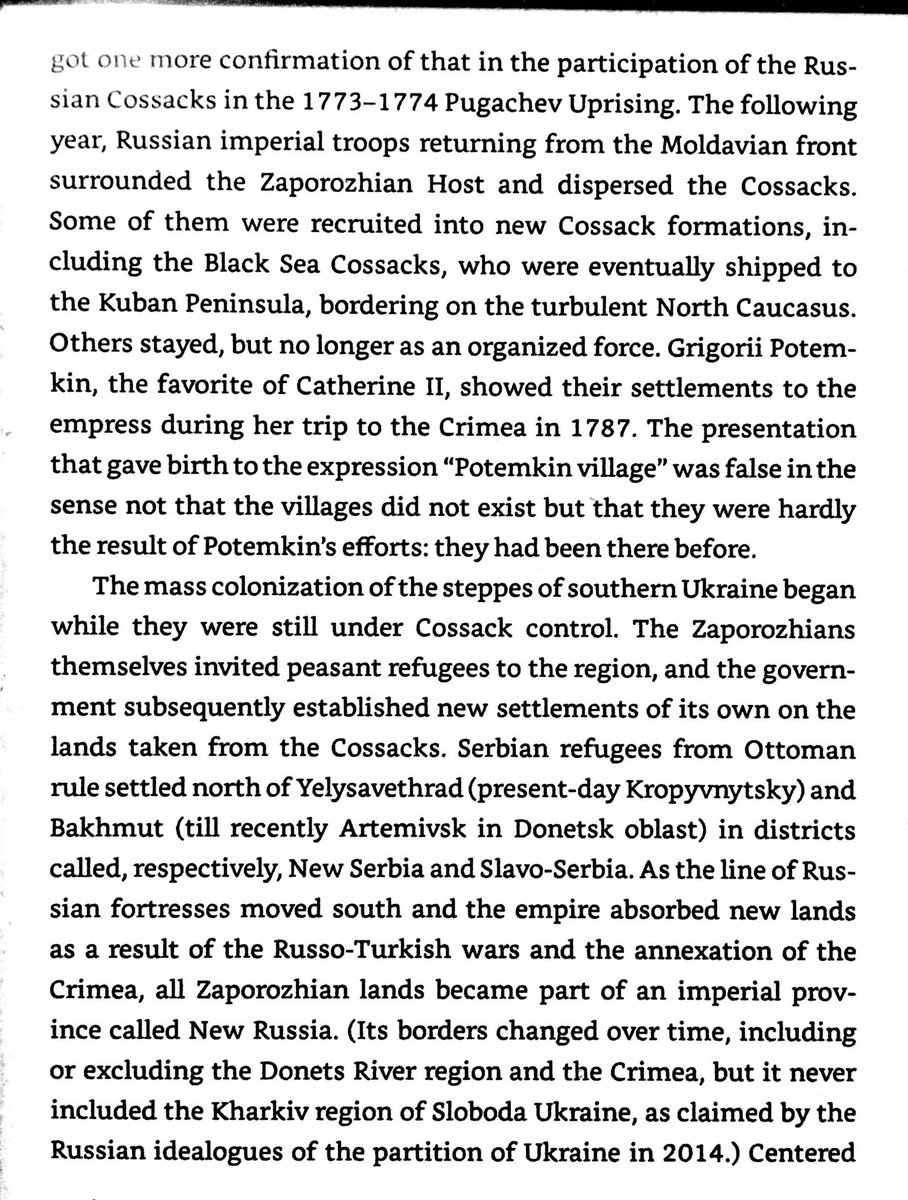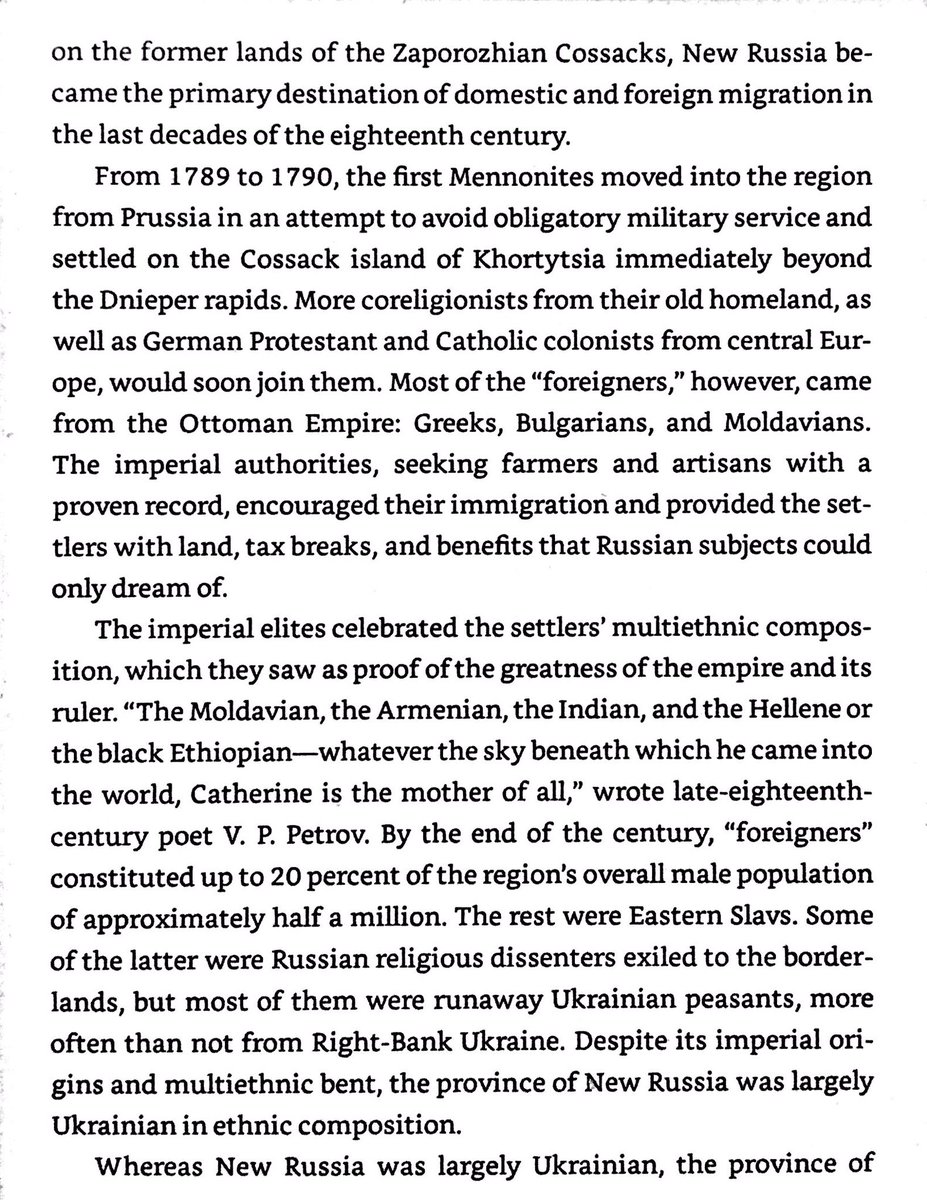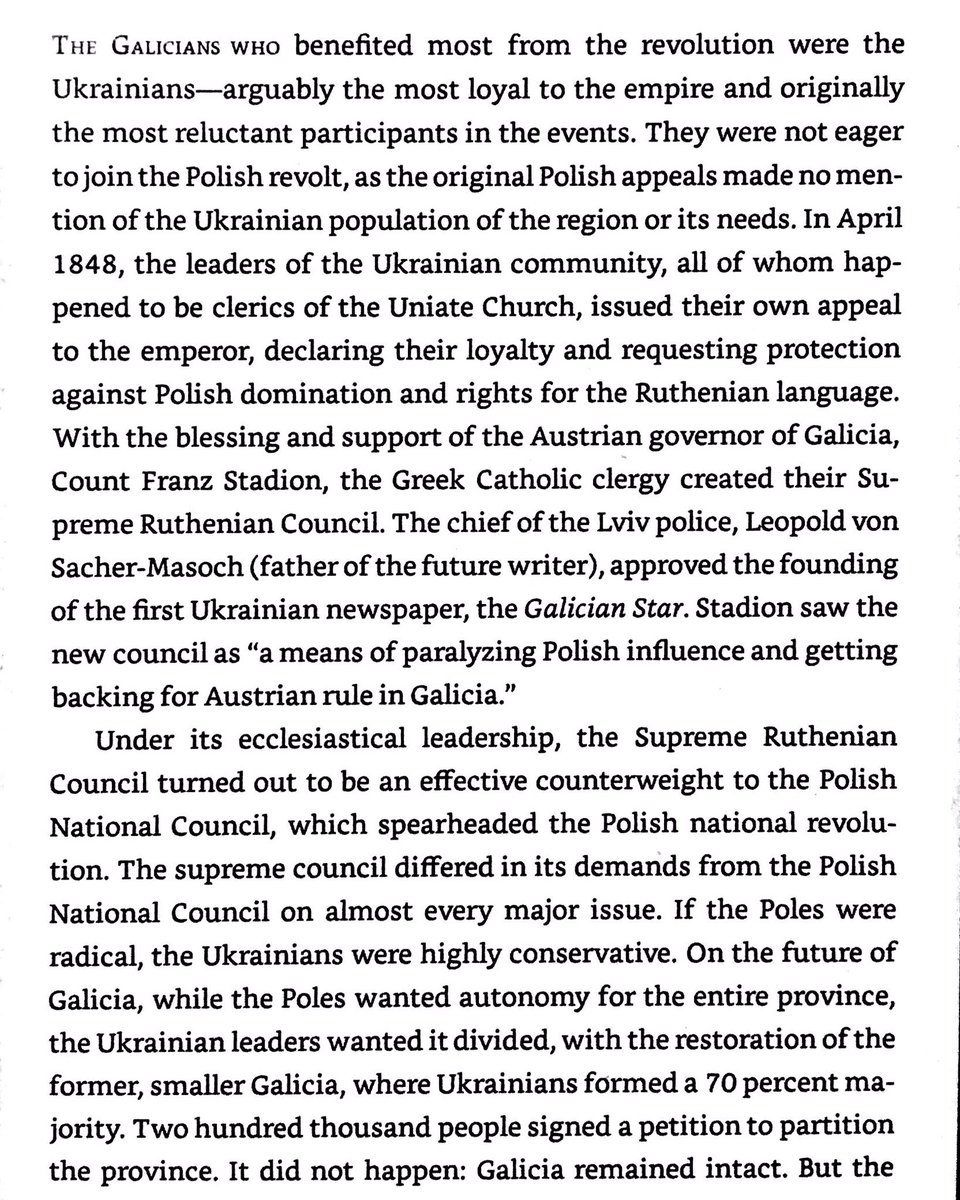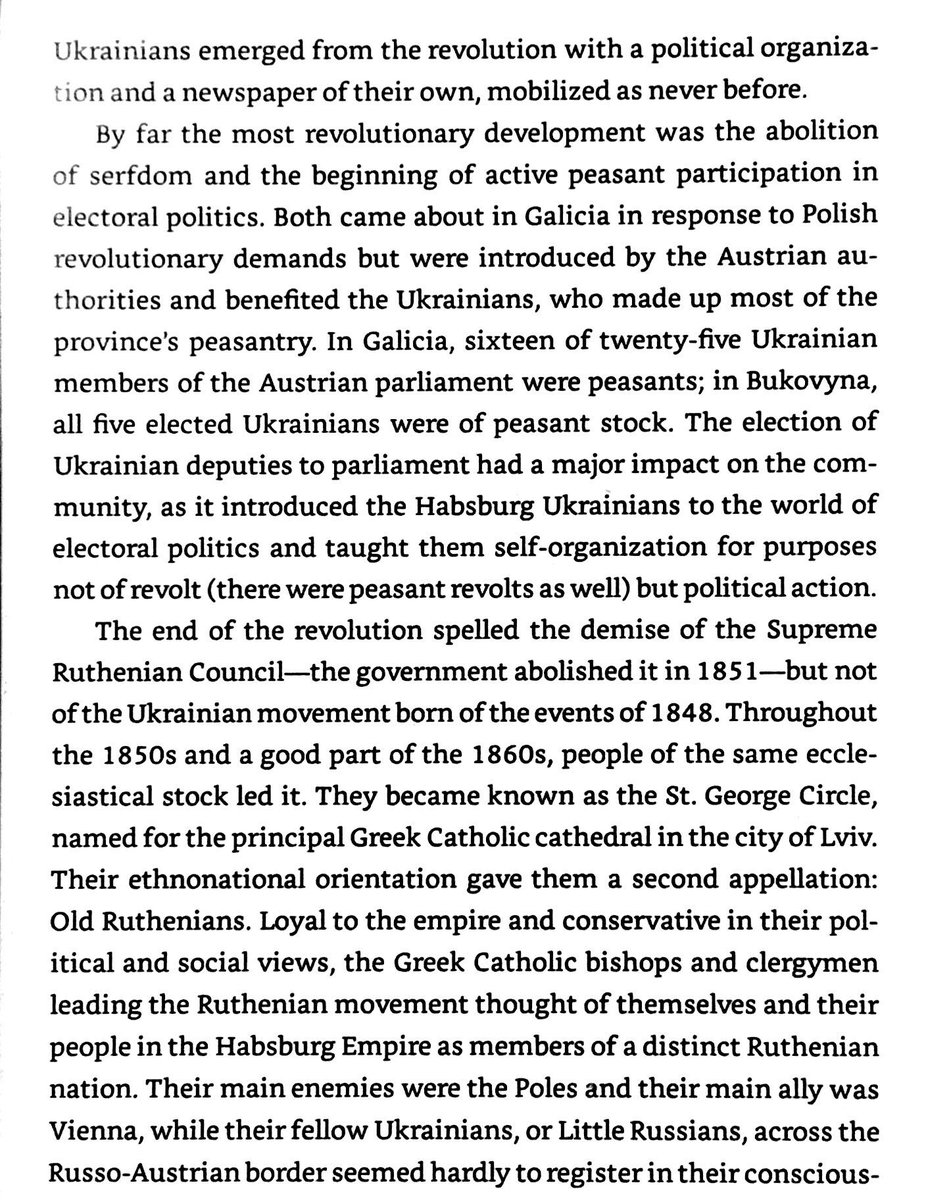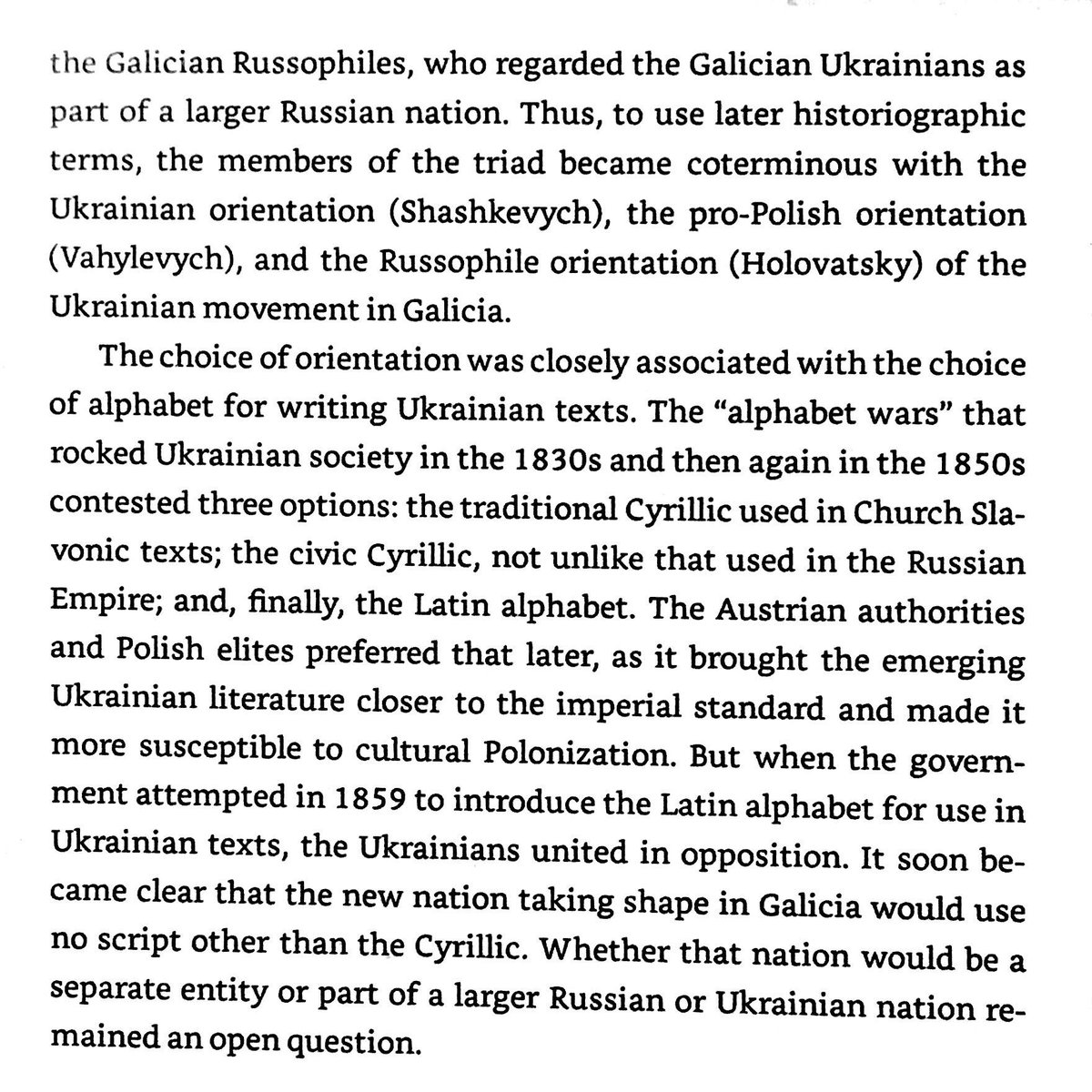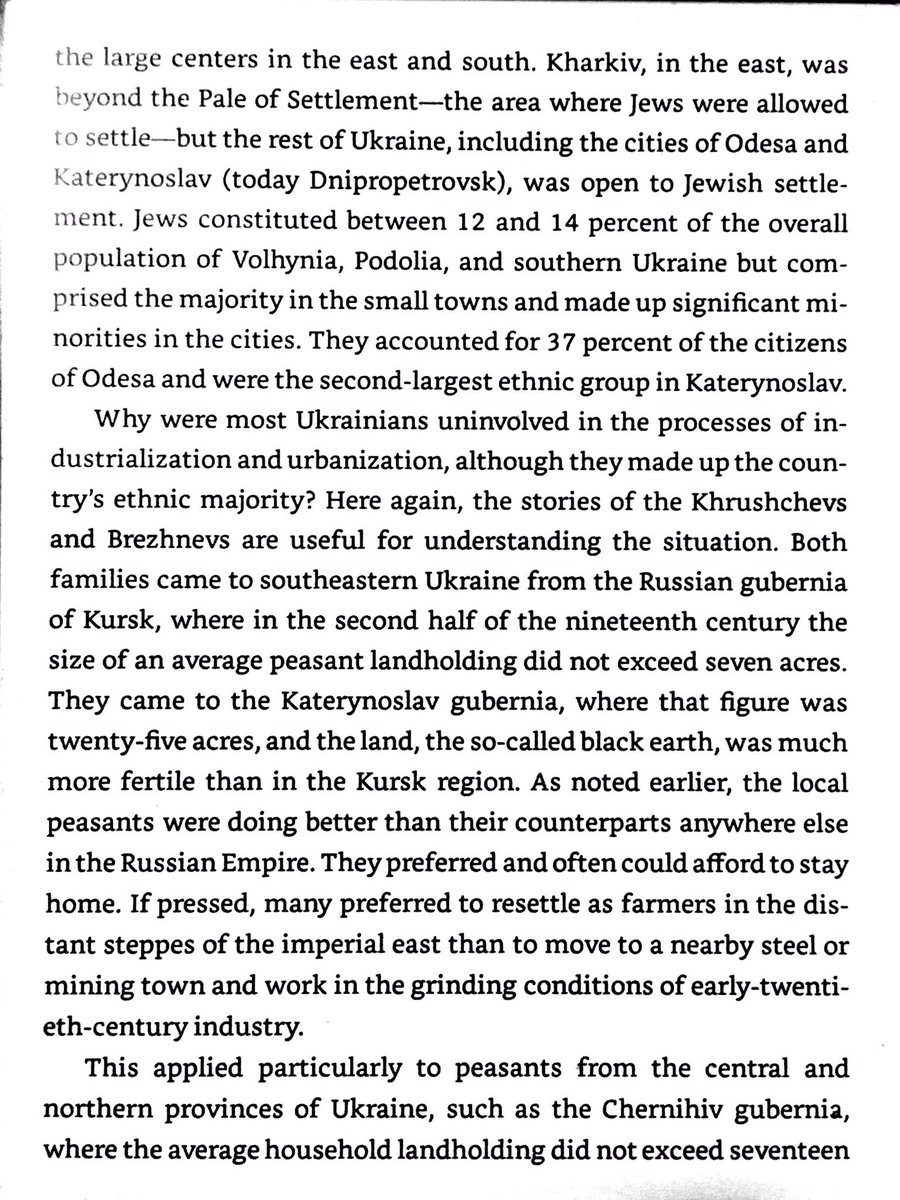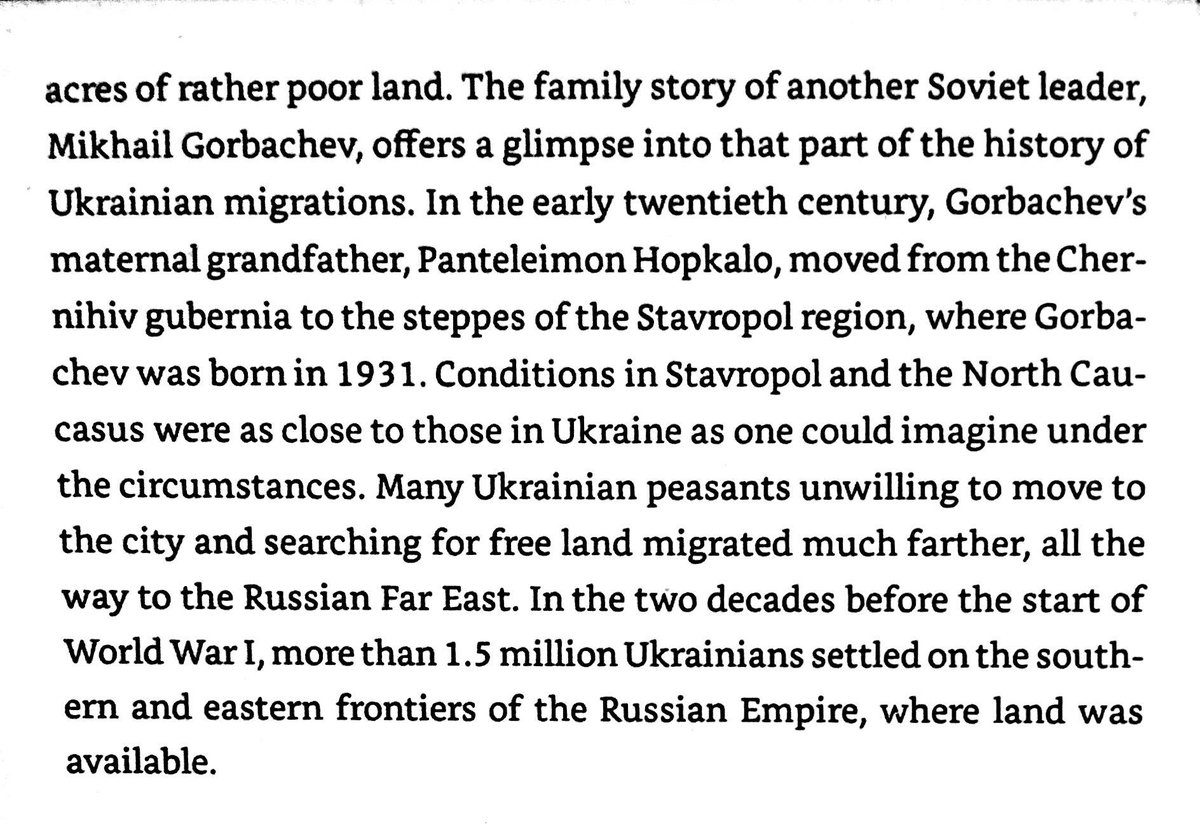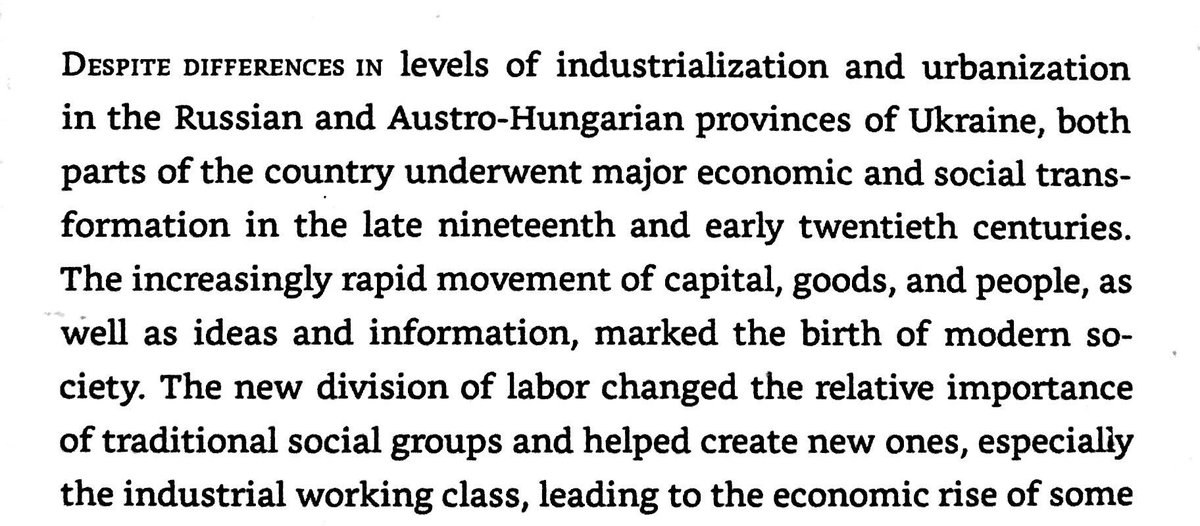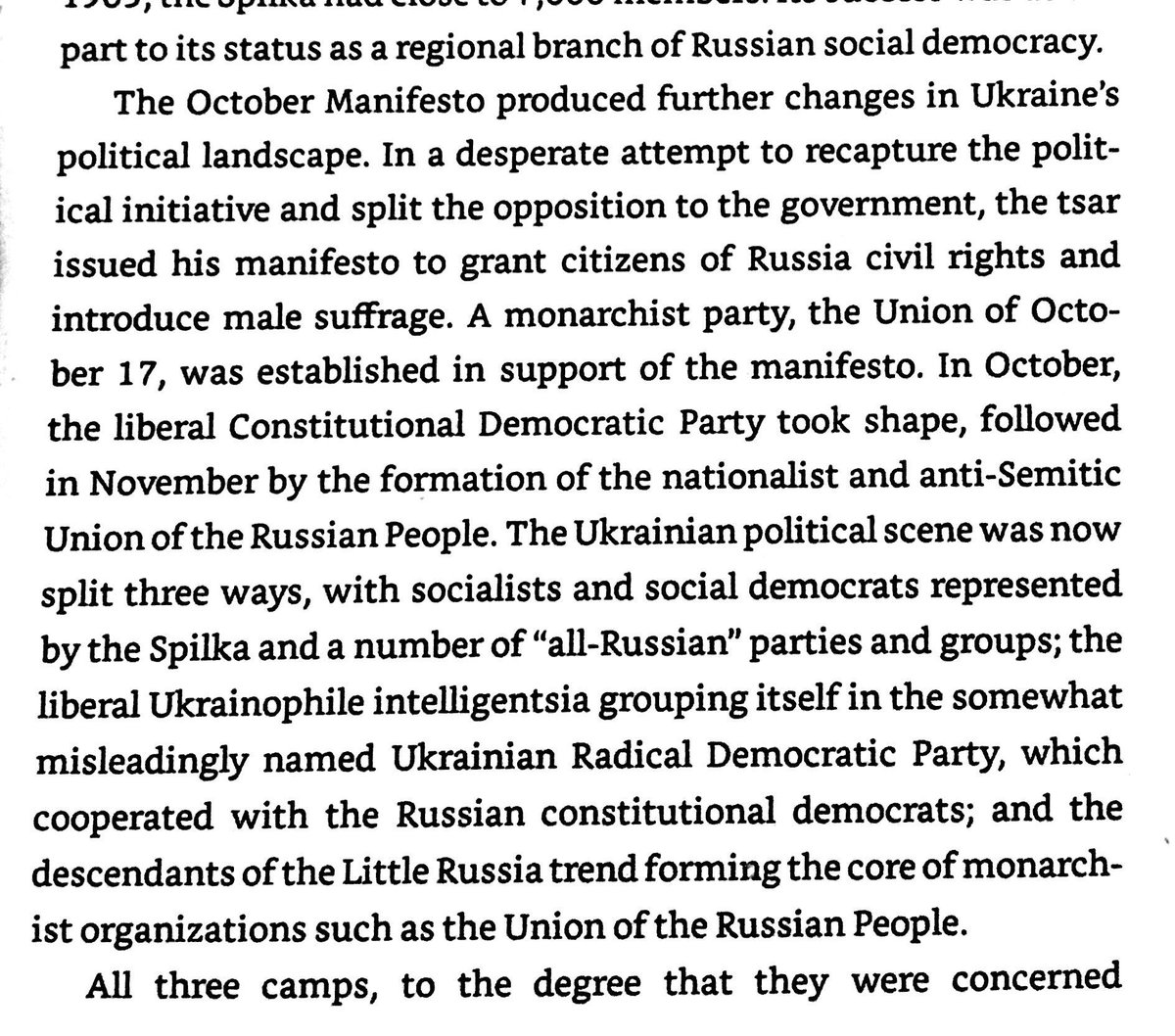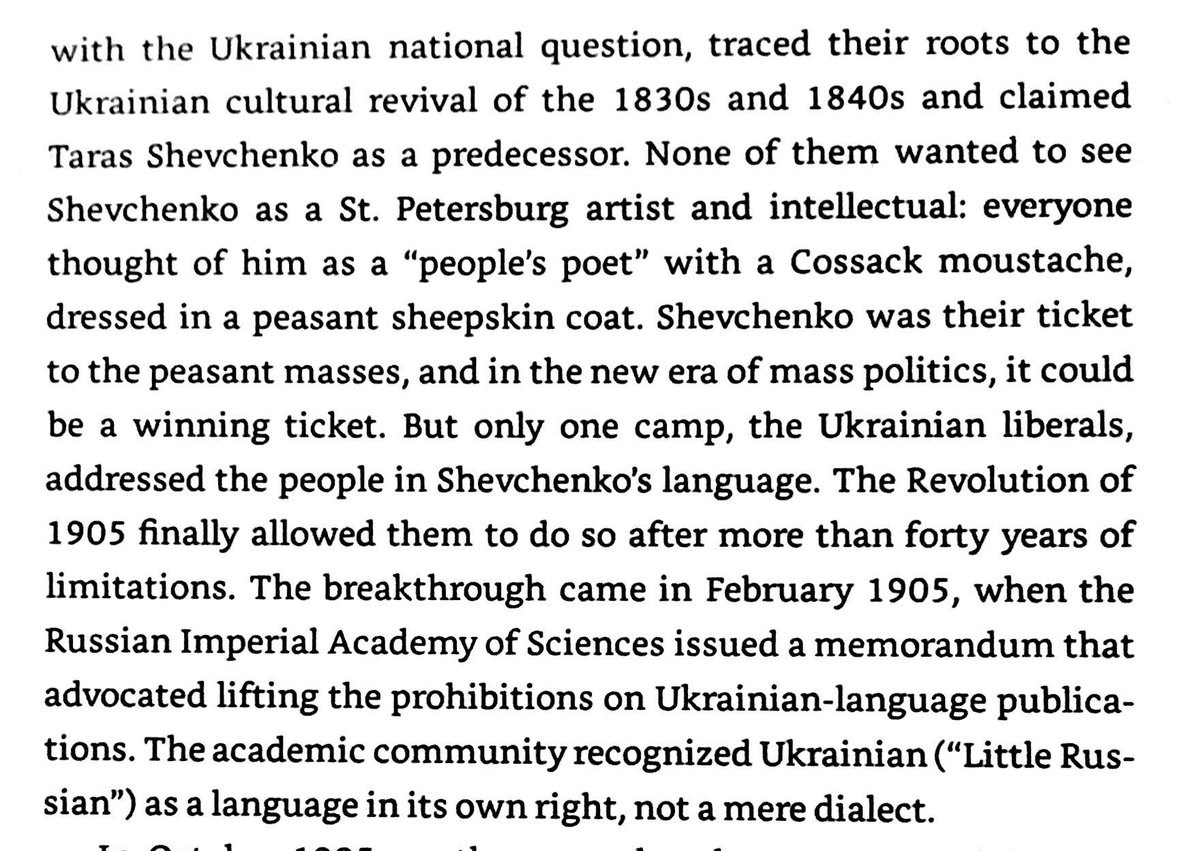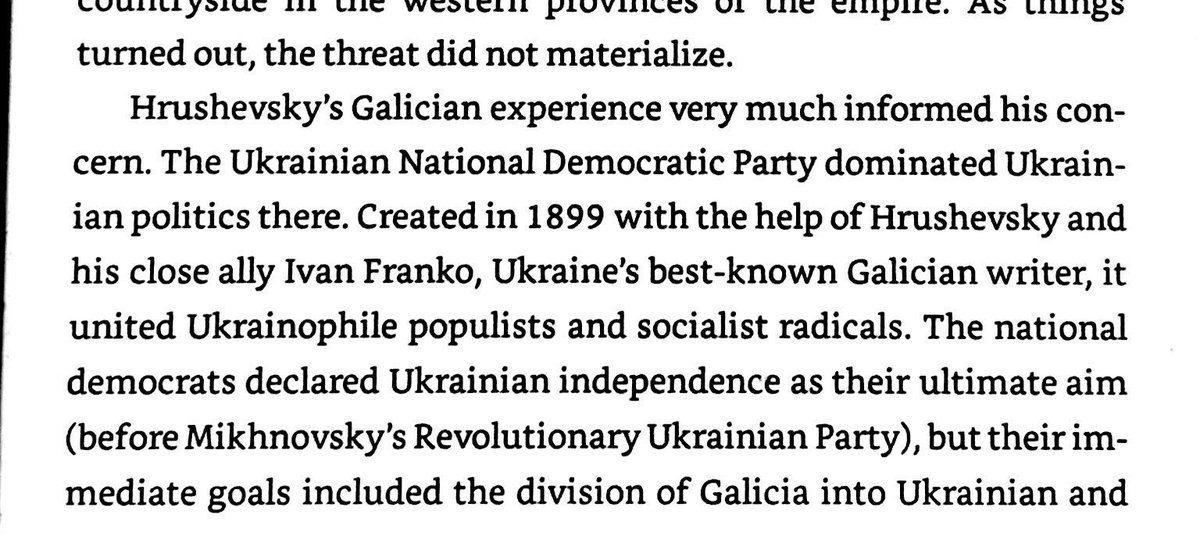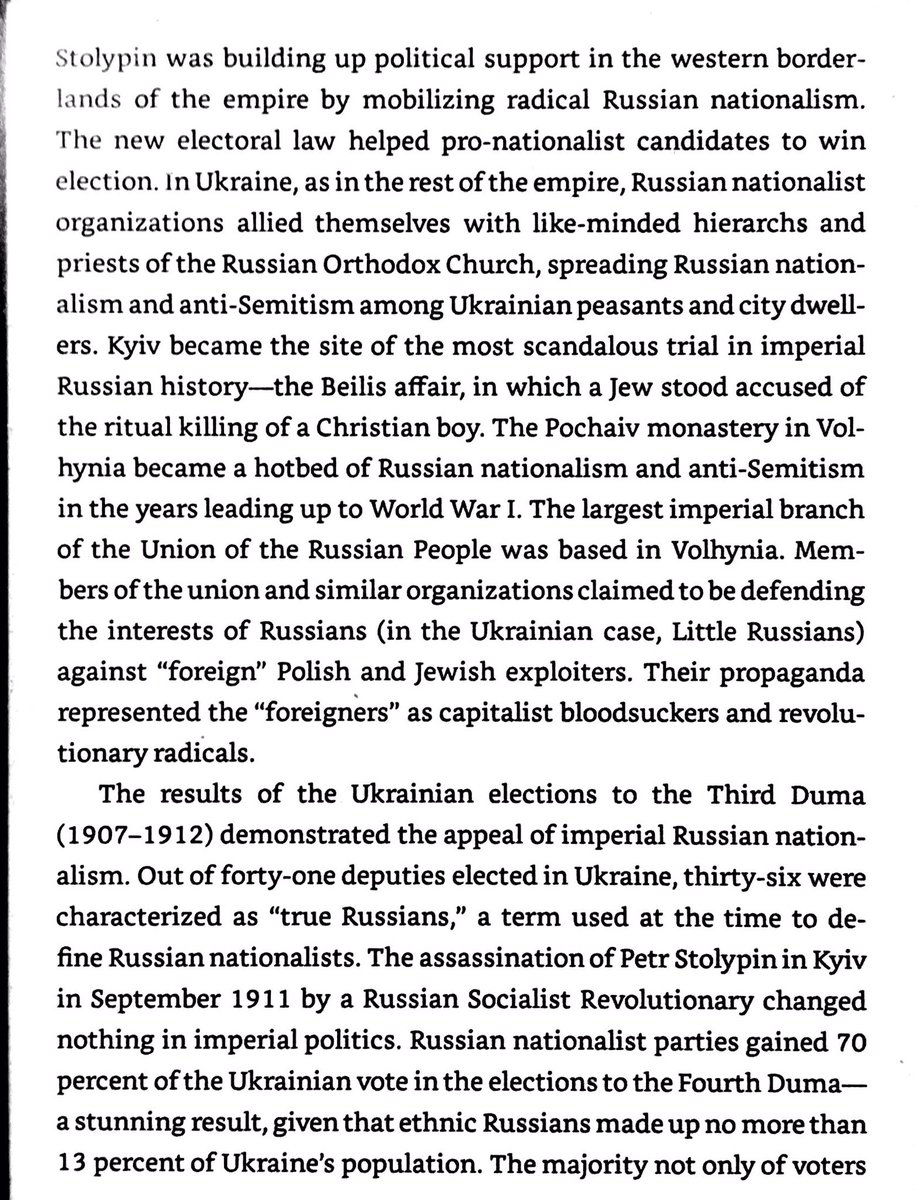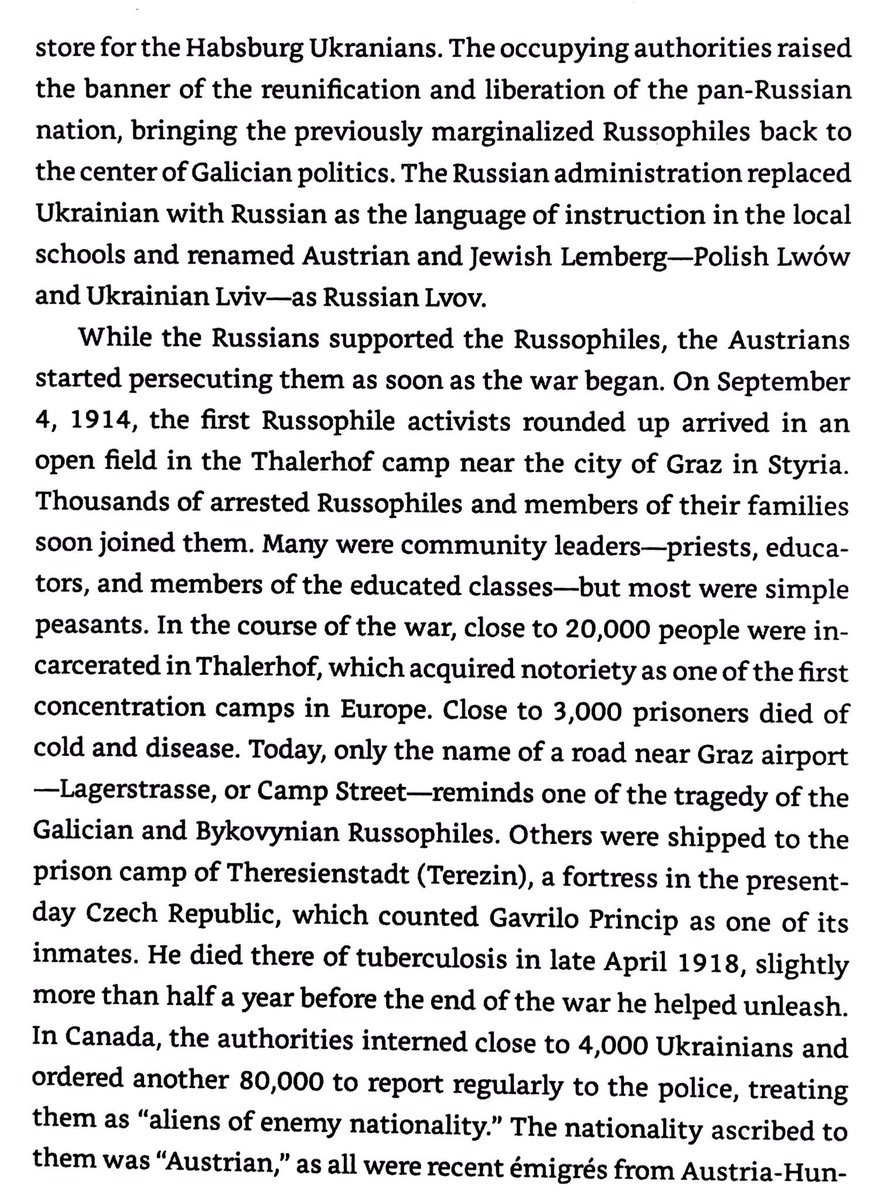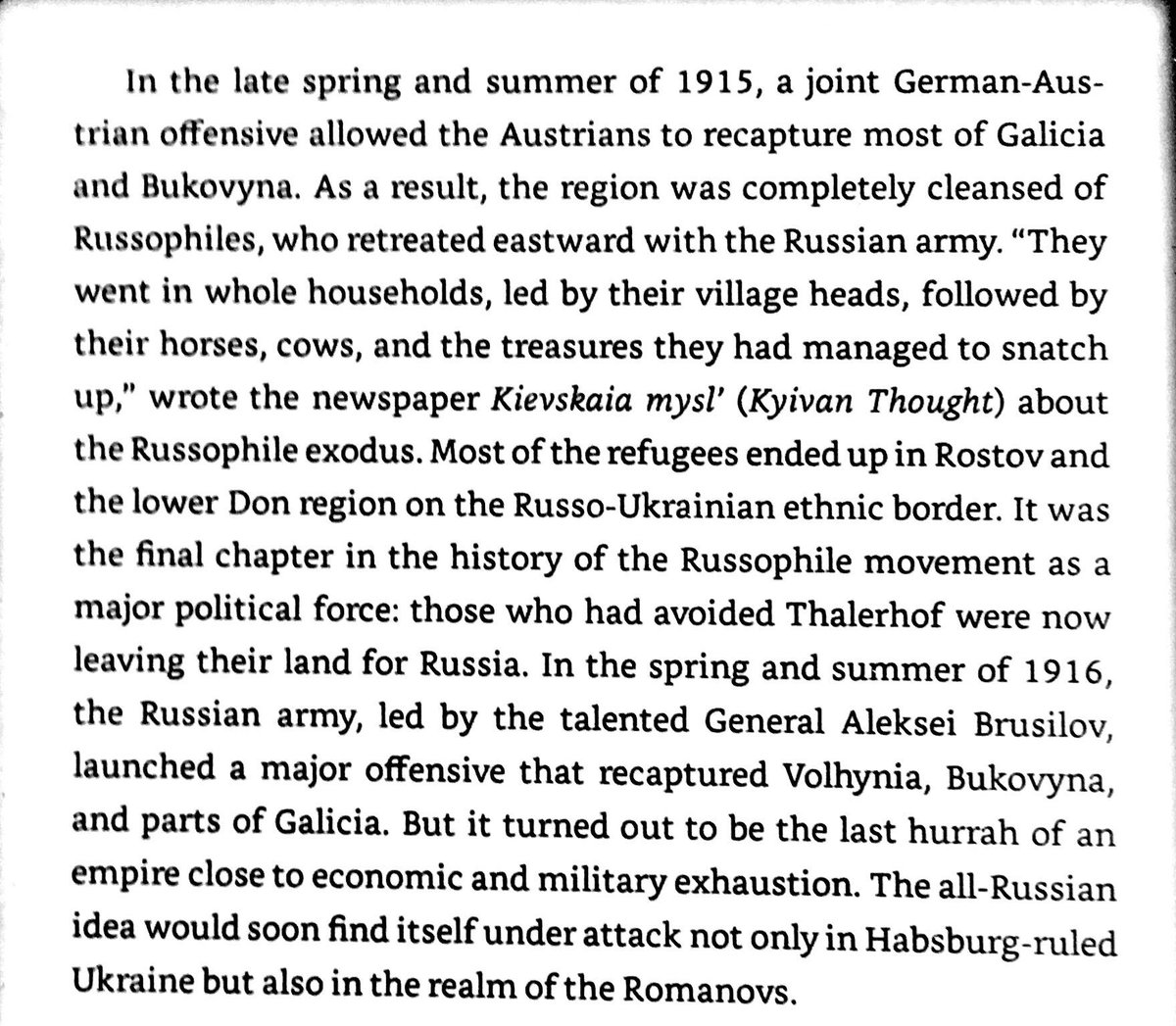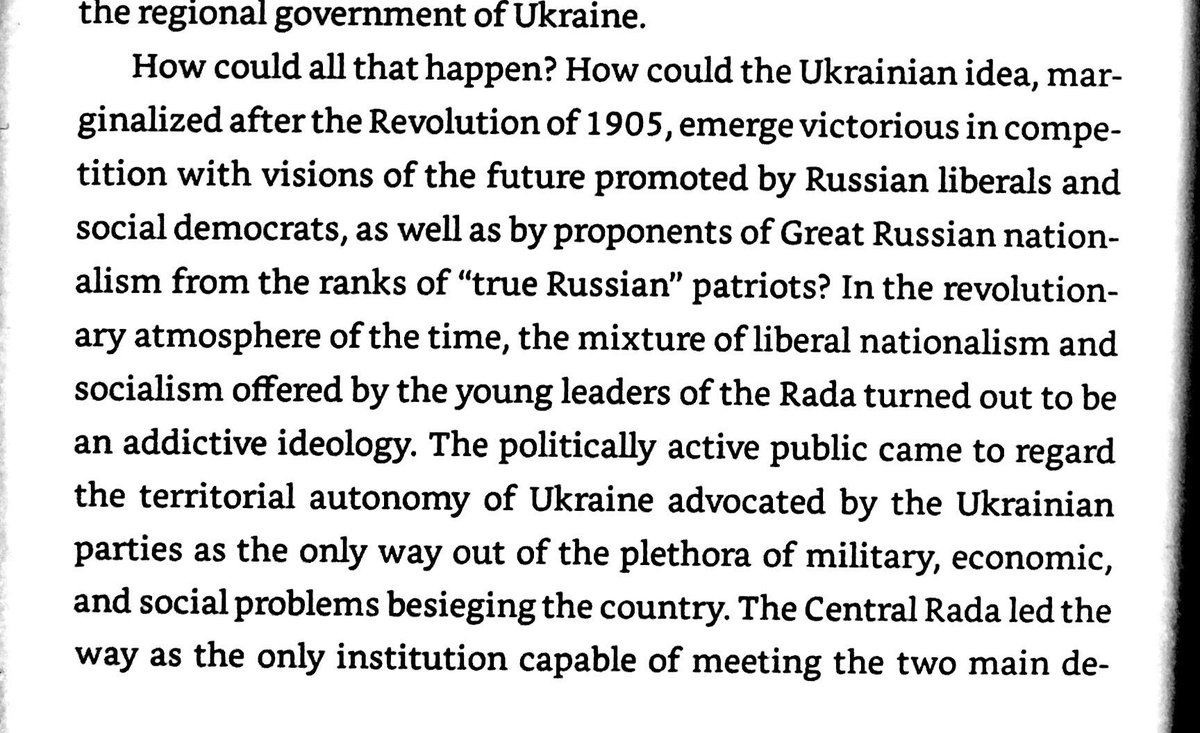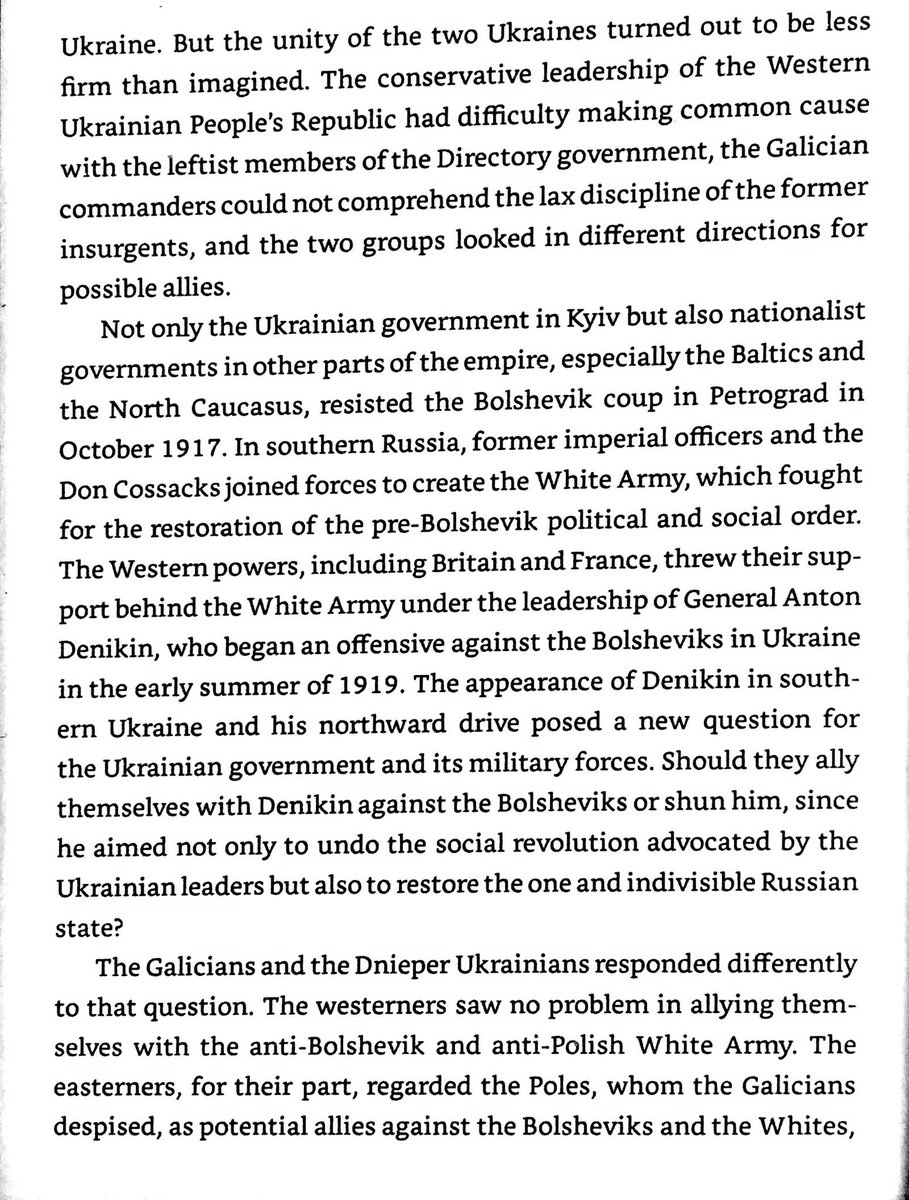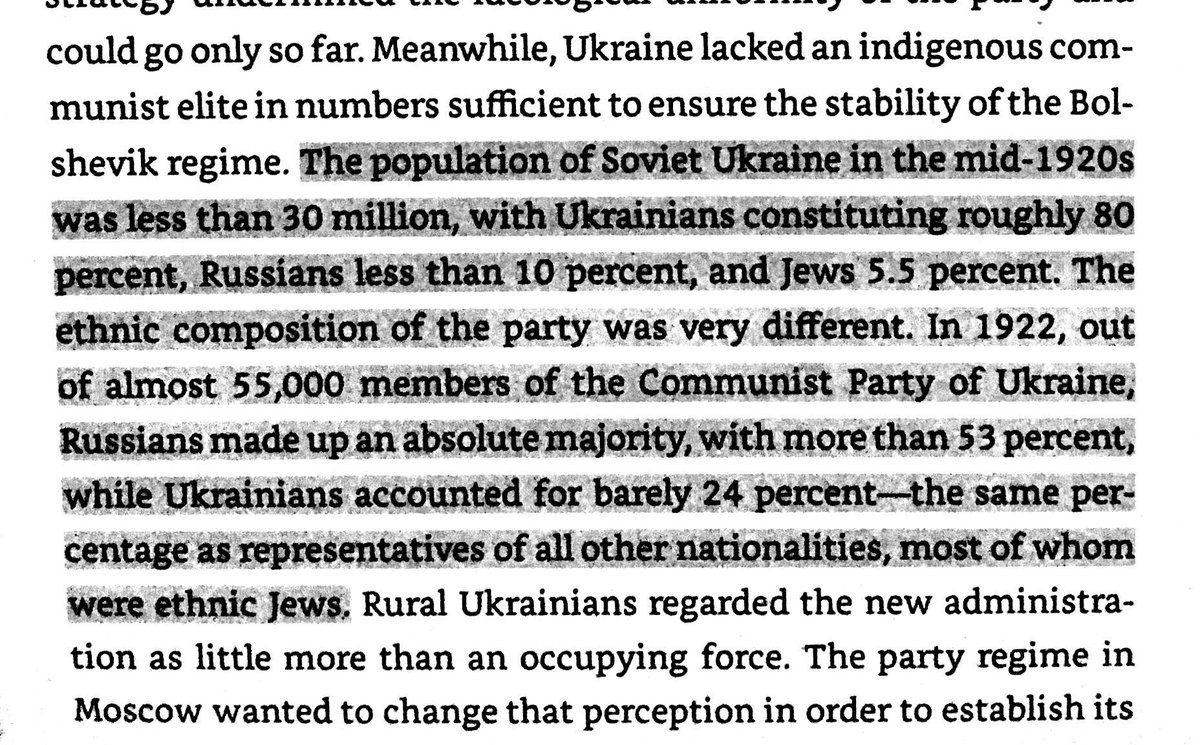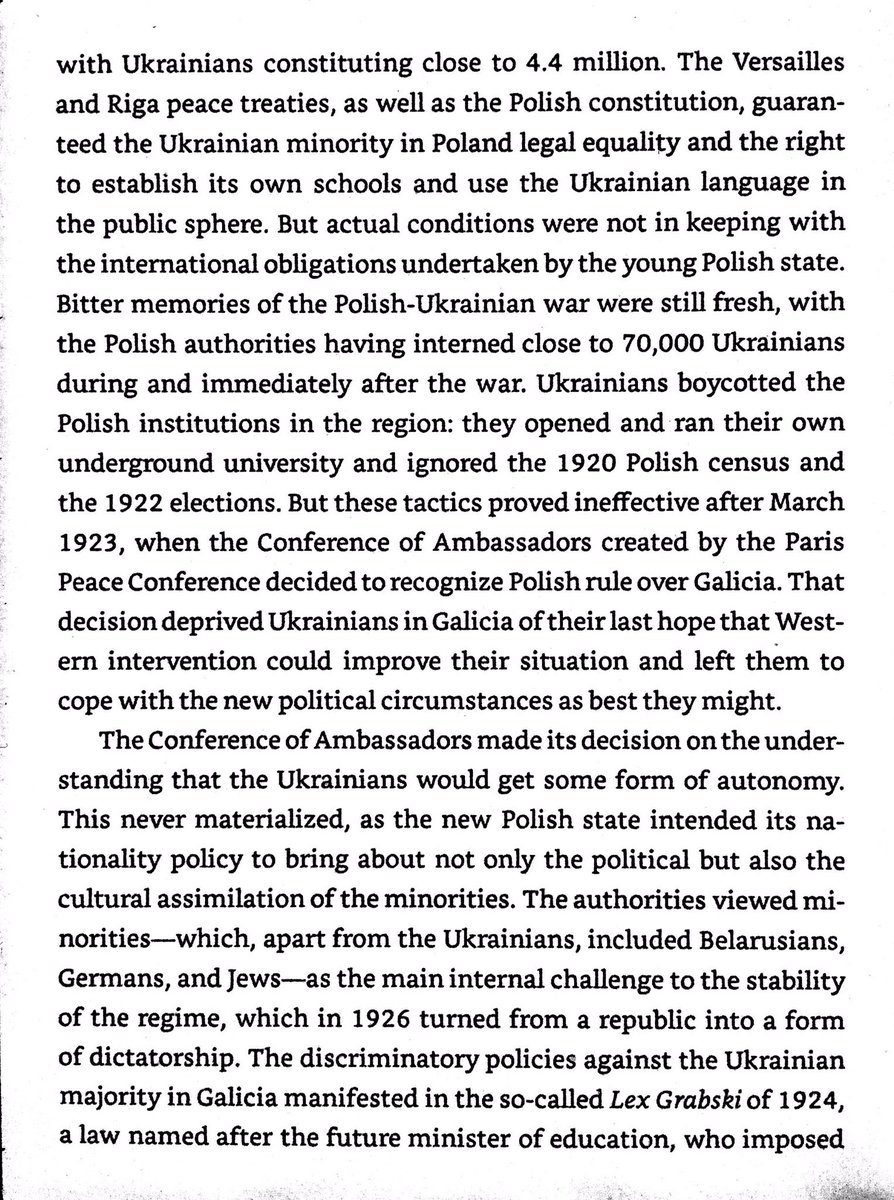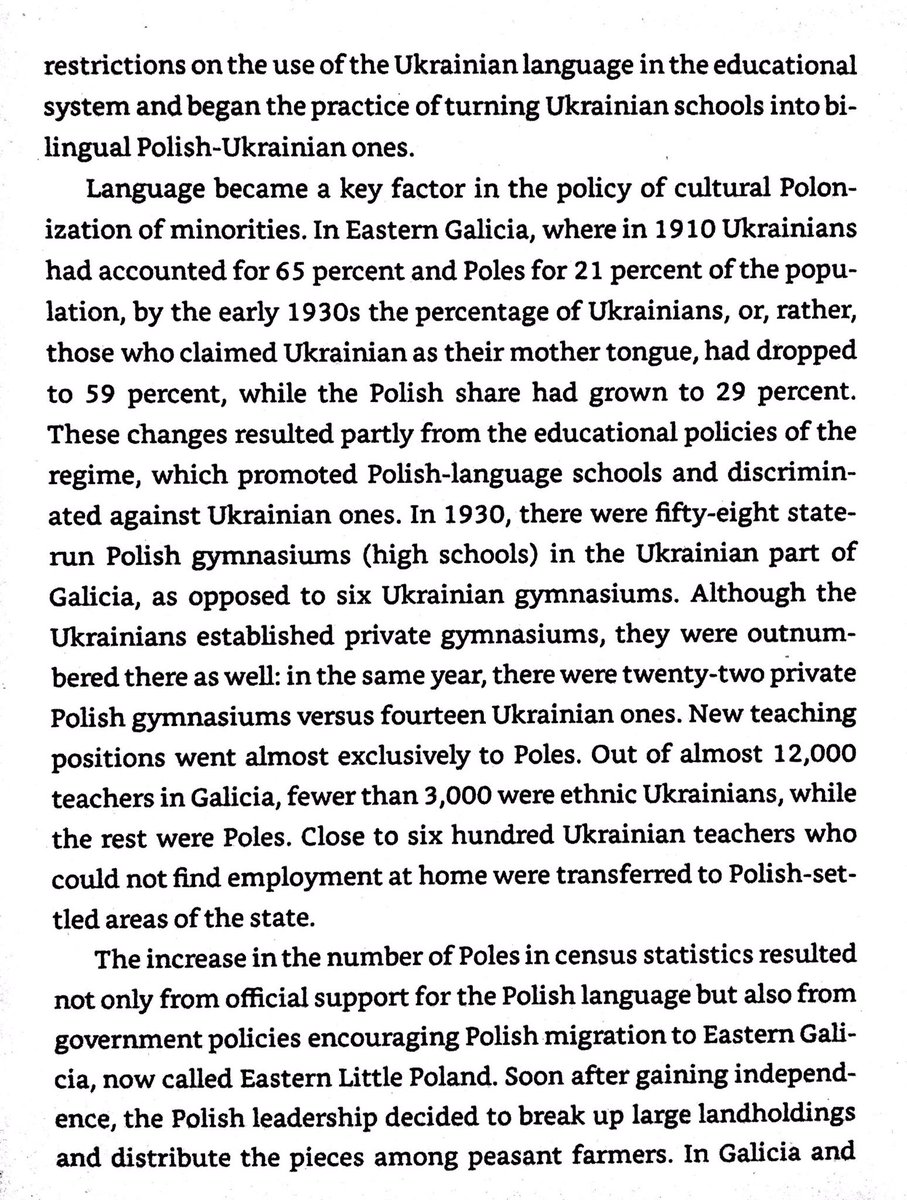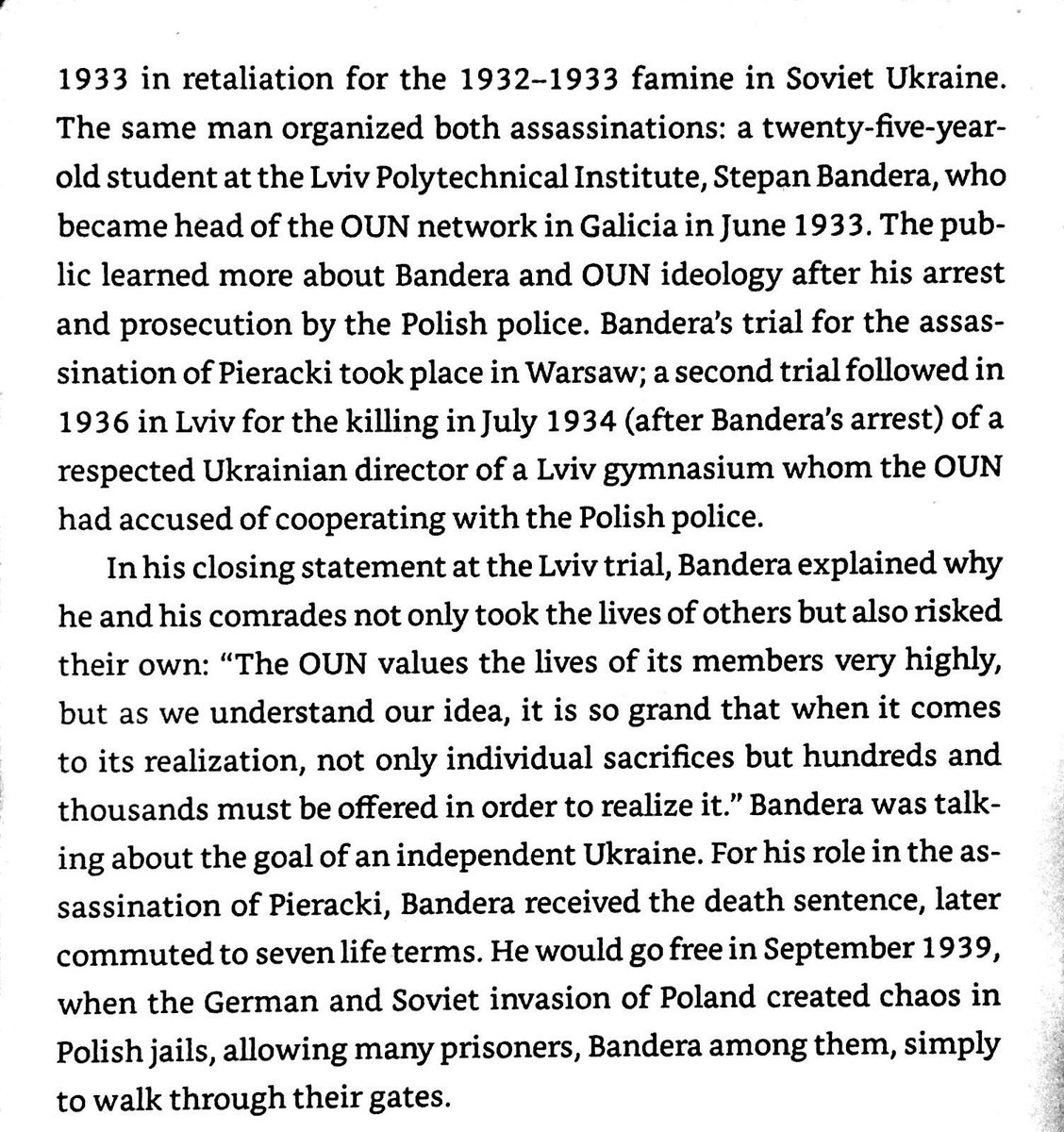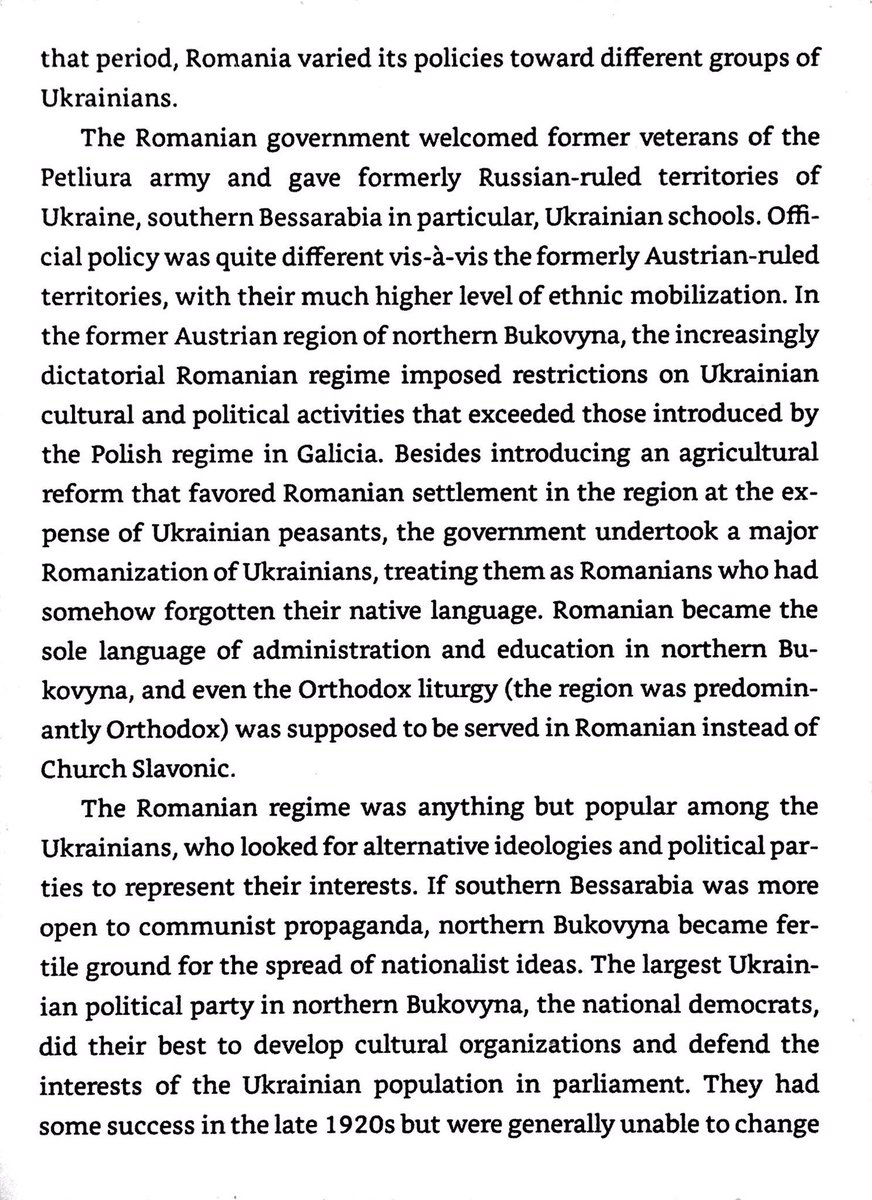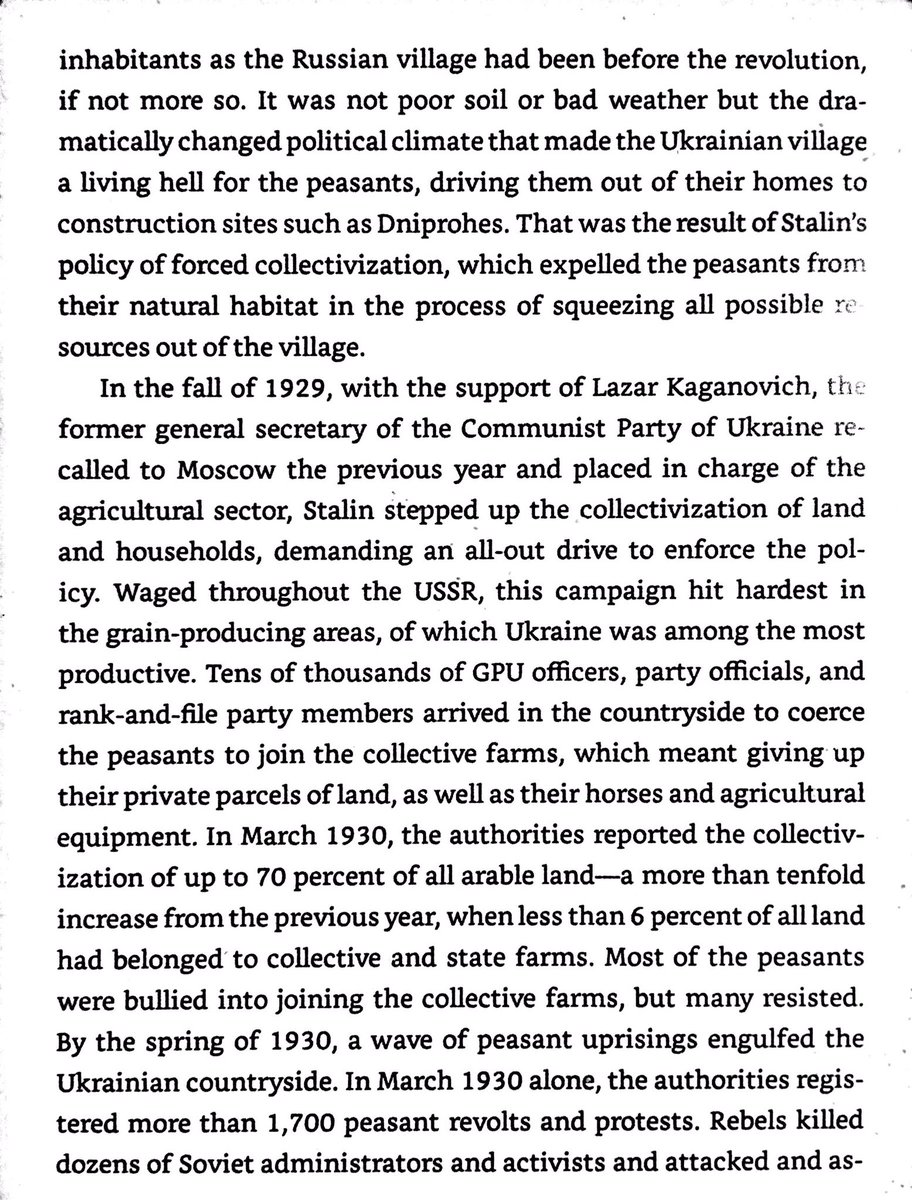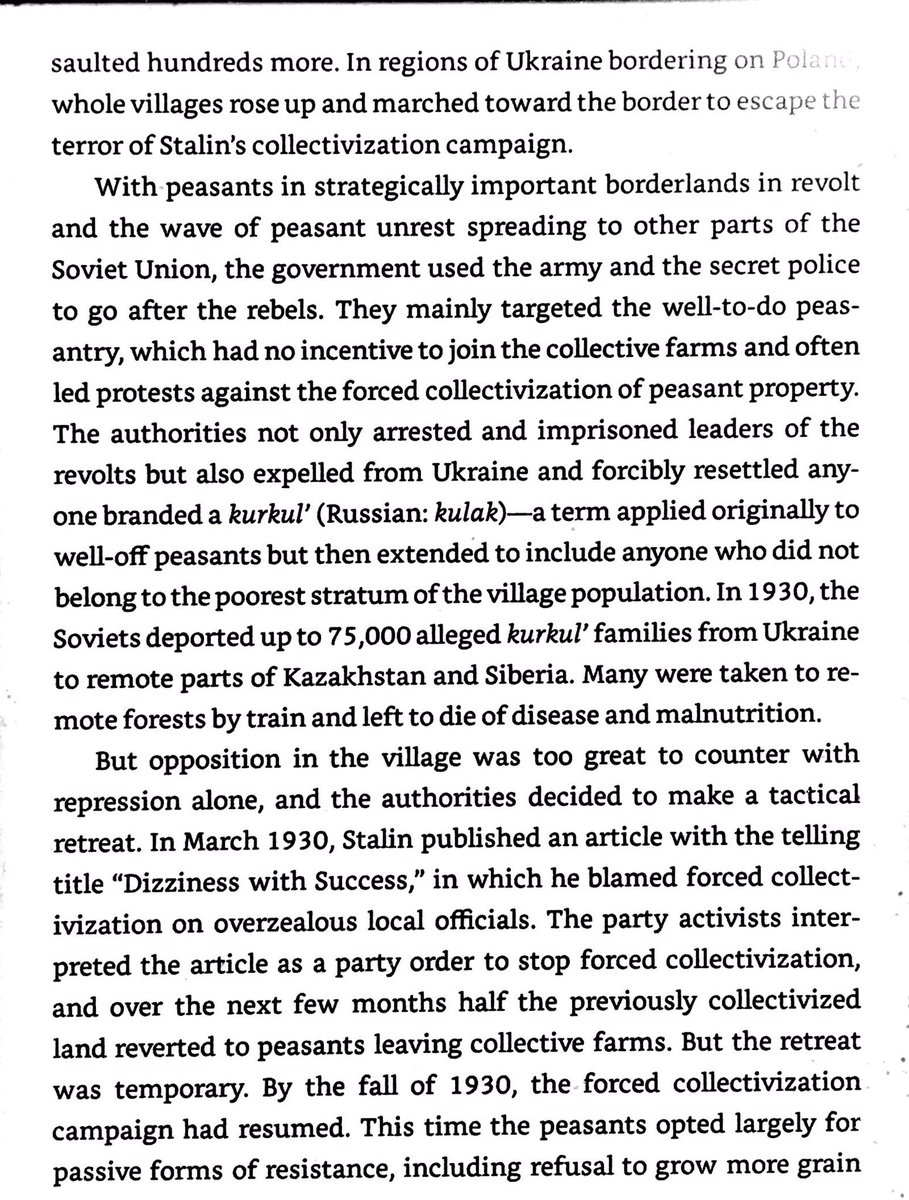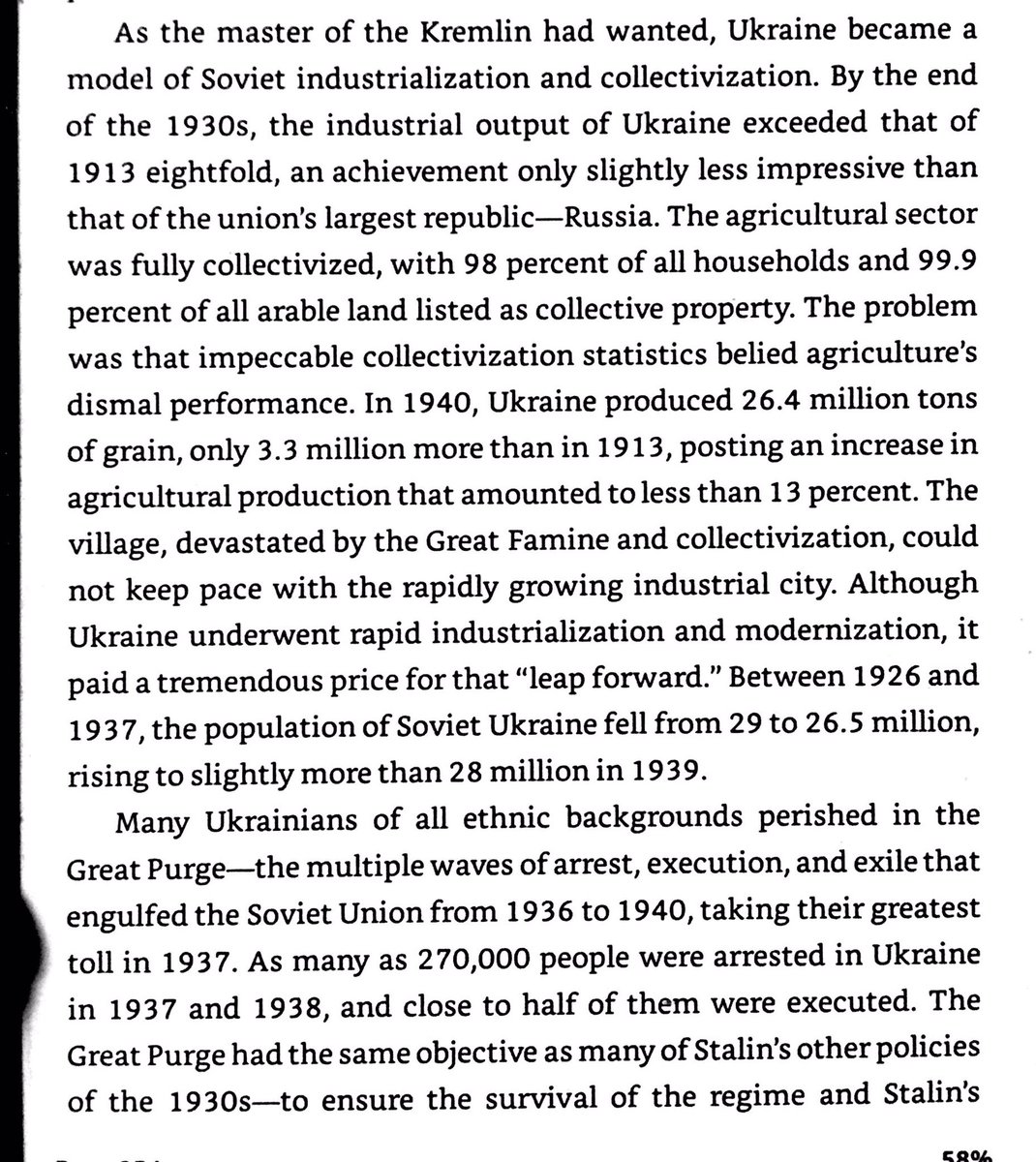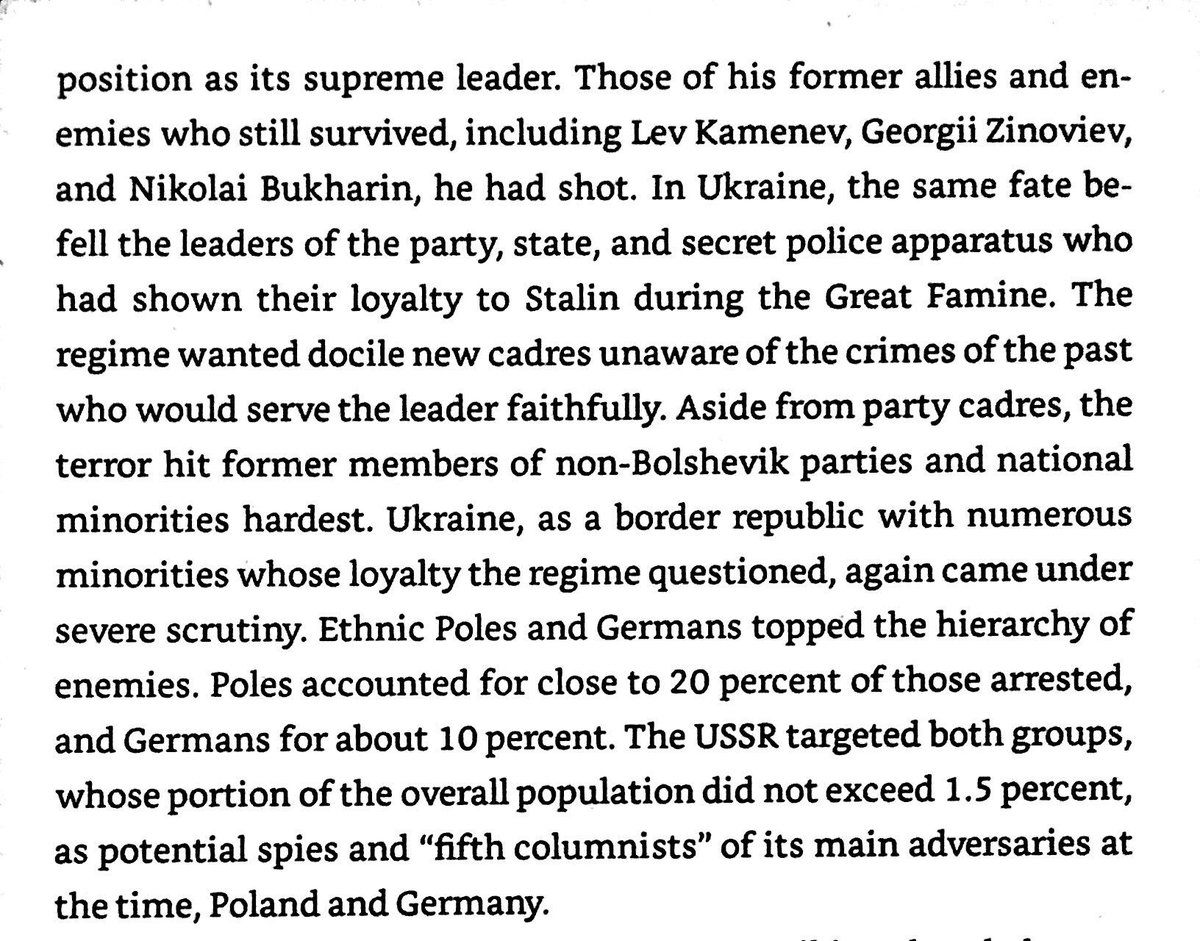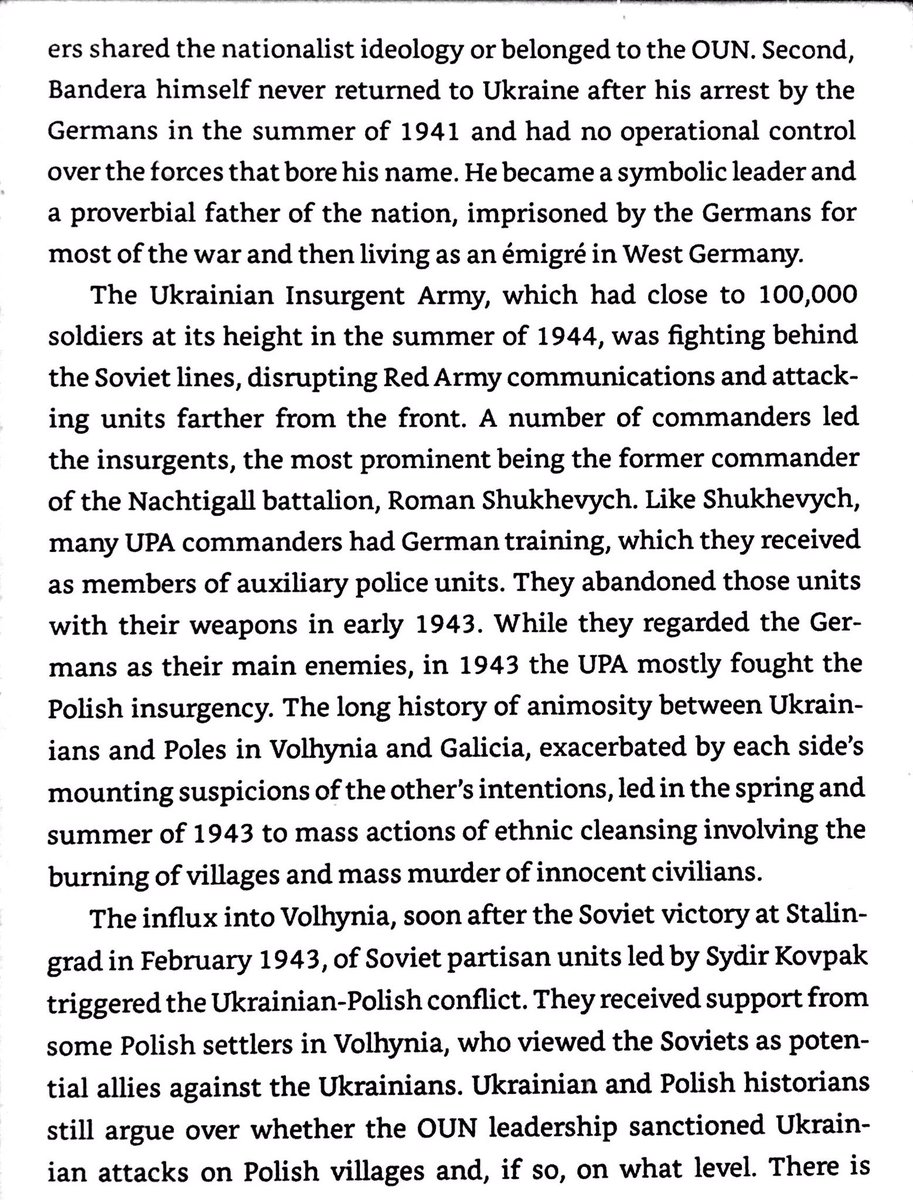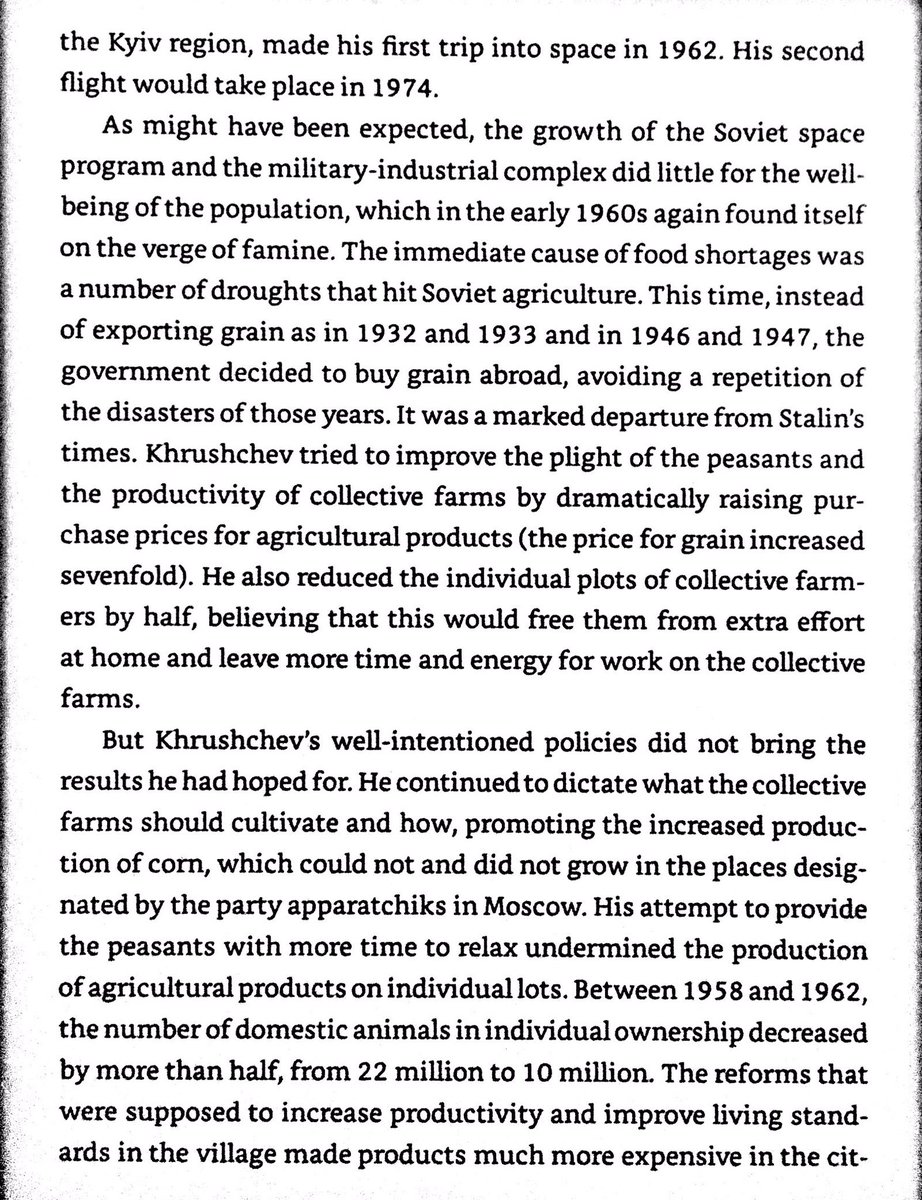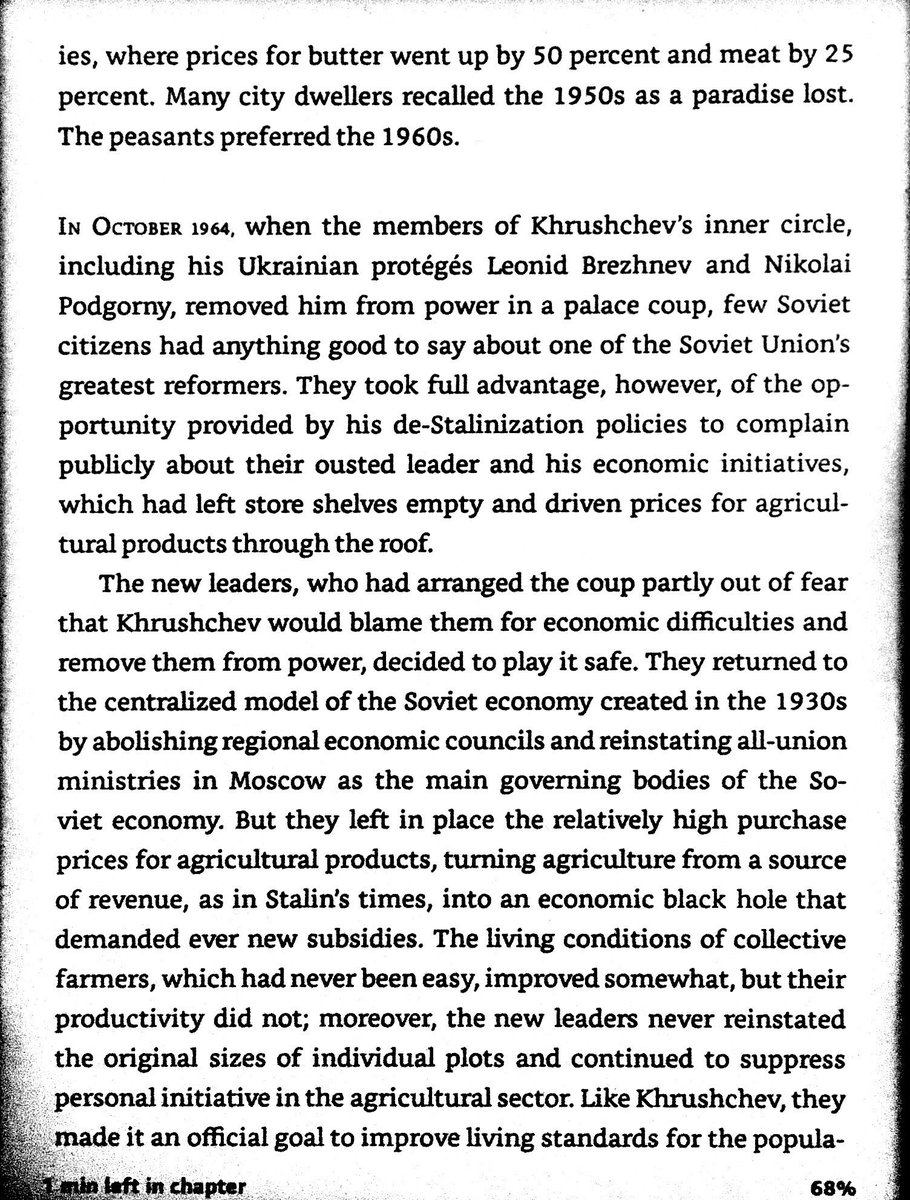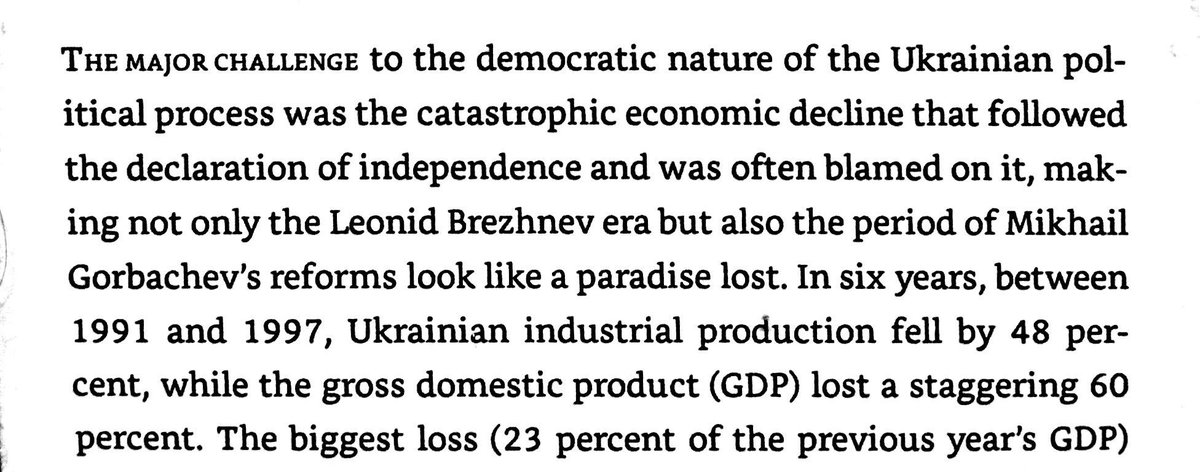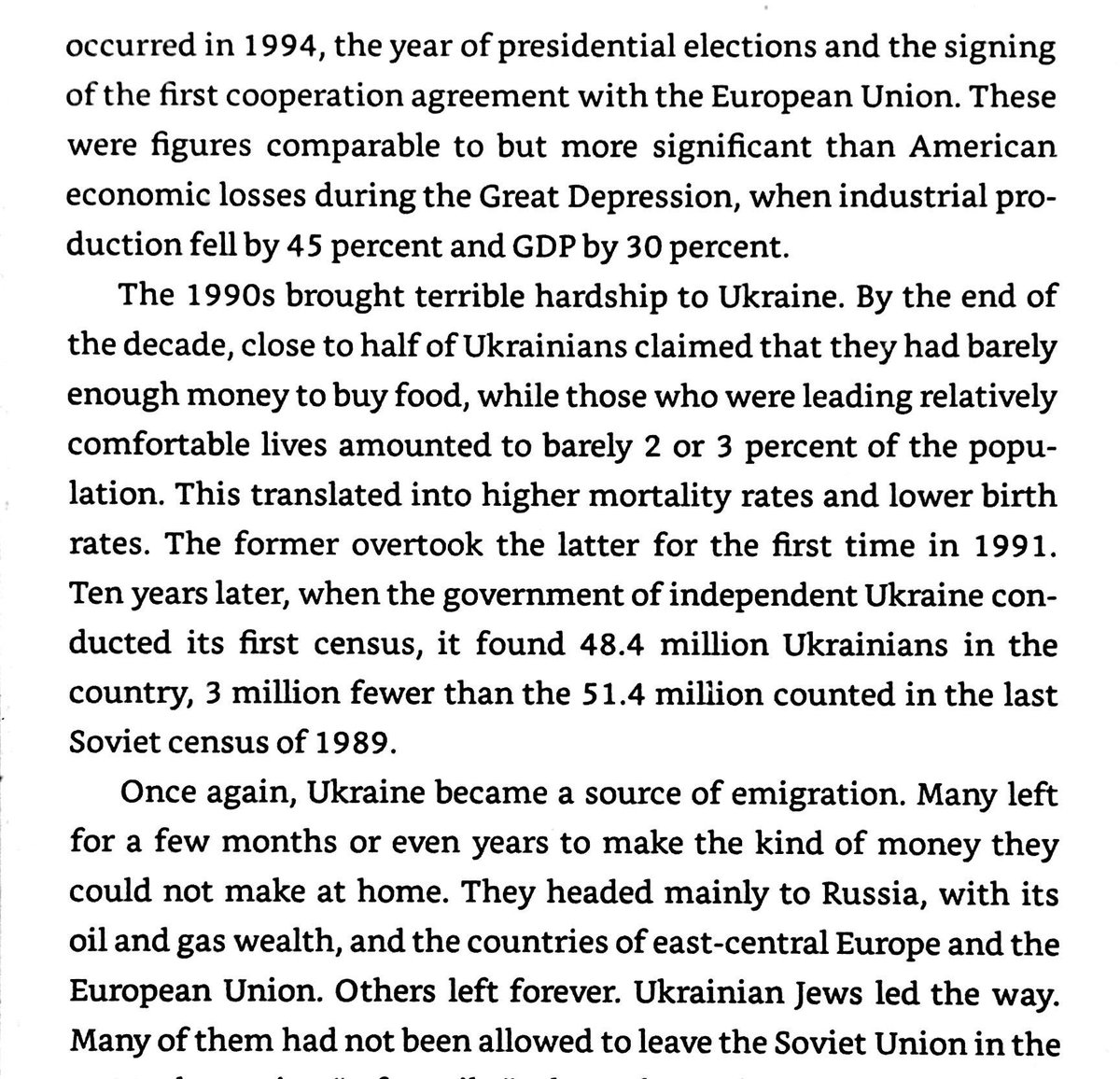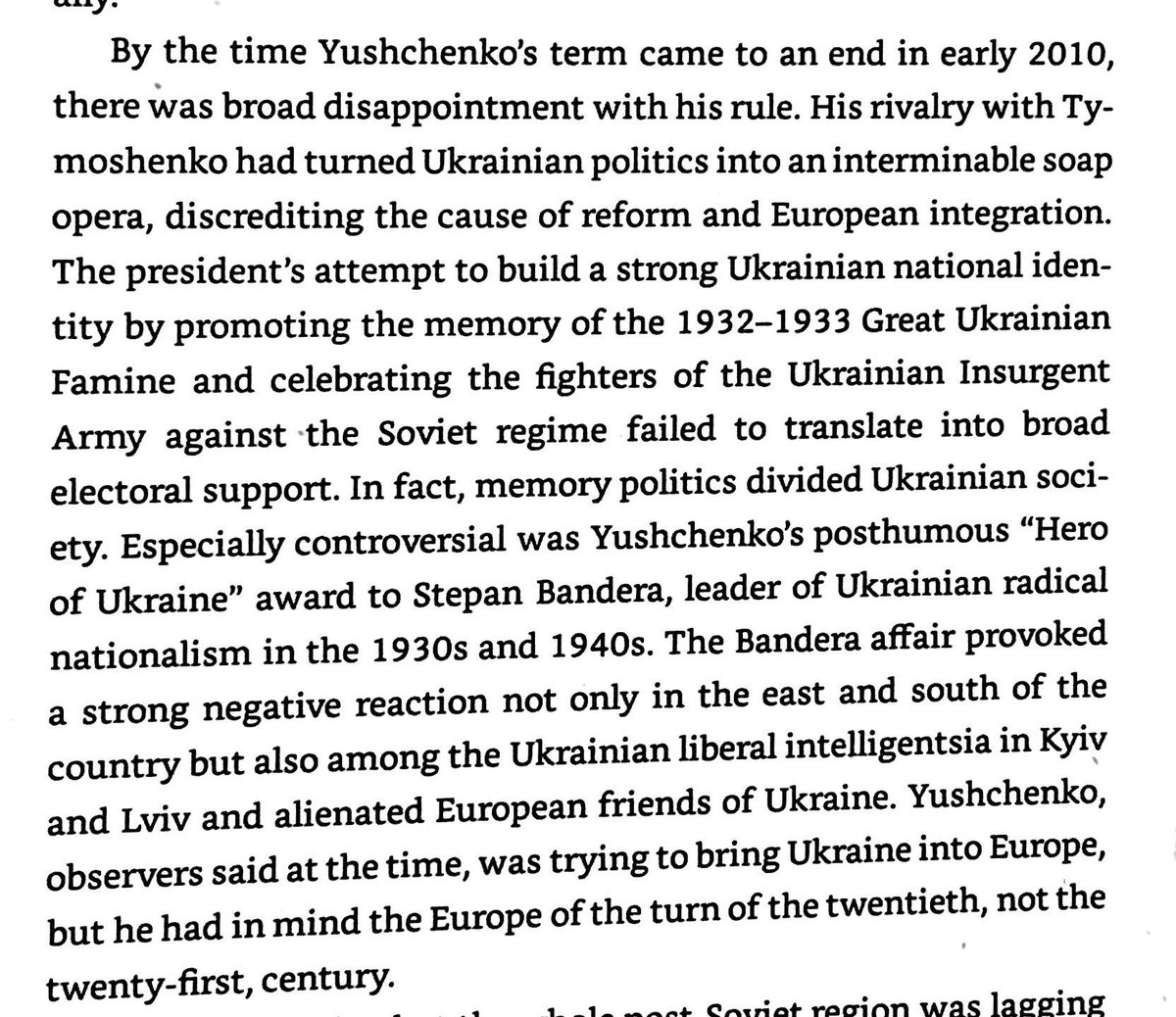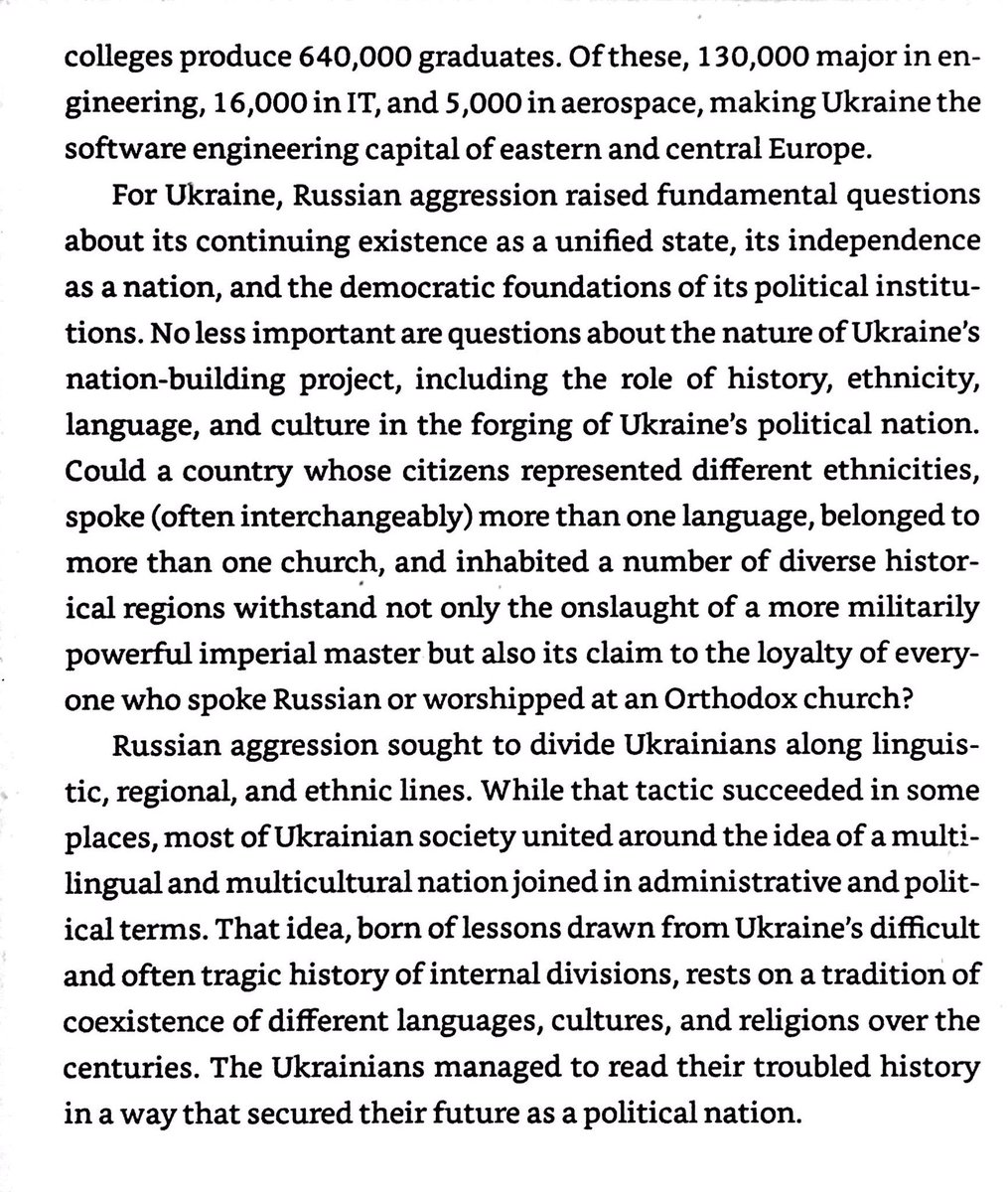Iranians, Germans, Huns, and Turks stormed across the steppe. The Slavs could only survive north of the forest line until the early 6th century.
There was an early Slavic state, the Antes, that ruled the Ukraine for a brief period before their subjugation at the hands of a Mongol tribe.
Despite the destruction of the Khazars, the Slavs were unable to control the steppe. Porting rivers south of the forest line remained extremely dangerous. Unable to sail past the 40 miles of cataracts, Slavs remained isolated.
Many cities in the world were built around cataracts, whether beginning as a fort or evolving from “stationary bandits”. Portage leaves one very vulnerable, and is a great opportunity for tax collectors.
Kiev was once more cultured than Paris. Perhaps in our lifetime, we will see Kiev become more important culturally than Paris again.
12th century Rus’ had 3 trade routes - Novgorod’s Baltic route, Galicia’s Danube route, and the old Dneiper route that Kiev controlled. No longer reliant of Kiev, the other regions sought autonomy or independence.
Mongols shattered Rus’, leaving two main polities as vassals: Vladimir-Suzdal and Galicia-Volhynia. Their different religious leaders & relationship to Mongols would shape separate identities.
Russians being more Asiatic, Ukrainians more western.
Russians being more Asiatic, Ukrainians more western.
This is the standard Ukrainian nationalist view, the Russians see things much differently.
Galicia aligned with Catholics against Mongols, alienating Orthodox. Thus Metropolitan of Russia was relocated away from Kiev to central Russia. As compensation, new Orthodox metropolitan set up in Galicia. Two religous hierarchies for East Slavs.
End of Galician independence due to dynasty extinction. Poland and Lithuania swooped in, dividing it in 2. Poles started settling Galicia in large numbers, starting a conflict that wouldn’t be resolved until 1943.
The Tatars raided Ukraine regularly for slaves, taking 1.5-3 million Slavs into slavery from 1500-1700. The devastation of these raids kept Ukraine and southern Russia’s population small.
Desperate for aid against the Poles, and failing to get Turkish help, Hmelnitsky swore allegiance to Russia. Thus much of the Ukraine fell under Russian rule.
Doroshenko briefly united the cossacks against Poland and Russia. Turkish intervention gave him much of Ukraine. He wanted Belarus too, but the Turks abandoned him and unleashed Tatar slave raiders. This led to an era called “The Ruin”.
Ukrainians heavily favored Russia over Sweden in the Great Nothern War. 3 cossacks on Russia’s side at Poltava for every cossack on Sweden’s side.
Yekaterina the Great gradually incorporated Ukraine into the Empire, avoiding a bitter opposition. Enserfment of population enriched cossack notables, making them loyal. Governance was improved, with regular mail and schools.
Lesson to be learned here: you can bind an entire nation with little difficulty if you ensure their leadership class is reliant on your power for their wealth.
Russia defeated the last steppe raiders in 1792. Mass colonization of southern and eastern Ukraine ensued - 20% non-East Slavic. Tatars unable to live their old lifestyle emigrated in huge numbers.
In the 1848 uprisings, Jews and Poles in Galicia were radical. The Ukrainians were deeply conservative, and organized in favor of the Hapsburgs.
Russians formed a majority in late 19th century Ukrainian cities. Ukrainians farmers were either rich enough from the excellent soil to stay farmers, or would go to Siberia for a new farm. Russians from marginal lands would work in urban factories.
Differences in language, modes of production, history, and urbanization divided identity of people living in the newly settled steppe lands of New Russia from the old core of Ukraine by the late 19th century.
Ukraine’s political situation in 1905 crisis. Russian patriots, the Russian speaking socialists, and the Ukrainian speaking liberals.
Ukrainian national populists such as Ivan Franko were able to prevail in the hearts of Ukrainians in Galicia under Austria-Hungary. Viscous rivalry with the Poles intensified.
Russian nationalism did extremely well in the Russian controlled parts of Ukraine after 1905. Incredibly, the largest chapter of the Union of the Russian People in the entire empire was in Volhynia!
Volhynia is the part of the Ukraine north of the core of Ukrainian nationalism, Galicia.
Russian conquest of Galicia in WWI led to Russophiles being restored in influence. When Central Powers reconquered Galicia, the Russophiles fled to Donbass and Rostov. More roots of the current conflict.
Ukraine became Independent in 1917 because the nationalists, populists, and socialists offered economic benefits for the masses through land redistribution, peace, and representation of more local elites.
Galicians wanted to ally with Whites against Poles and Bolsheviks, while Petlyura’s men preferred allying with the Bolsheviks.
Demographics of the Communist Party of Ukraine in 1922. A heavily urban party, with limited supply in rural areas.
Poland forced Polish education on Ukrainians, encouraged Polish settlement in Galicia–Volhynia, and left the land undeveloped to encourage Ukrainian emigration. They gradually increased the Polish fraction of the population.
Early days of the Organization of Ukrainian Nationalists. A handful of assasasinations of politicians and diplomats made a big impression for a small group. Young Bandera sounds almost like James Mason.
Interwar situation in Transcarpathia. Pro-Russian ideas more popular than pro-Ukrainian. Also a Ruthenian identity was present.
Collectivization was deeply unpopular, inspiring hundreds of peasant revolts and mass civil disobedience. Communists refused to give up their program though, leading to terrible famine.
Communists were successful in industrializing Ukraine, but at a tremendous human cost. The population even shrank.
The Great Purge disproportionately fell on ethnic minorities. Germans were 10% of those arrested, Poles 20%.
Hrushyov and Brezhnev’s agriculture policies improved peasant life by increasing prices, but didn’t improve production. City dwellers suffered, but didn’t starve from the higher prices.
As USSR declined, Ukrainians rediscovered their lost history and culture after decades of Soviet revisionism.
An ominous passage where the author defines Ukraine by its diversity, not her people, land, and culture. If Ukraine goes with that identity, she’ll find much more alien threats than Russians.
I’d strongly recommend this book for a good understanding of Ukraine. While the author certainly has strong views, he gives a fair shake to other ideas.
The passages on Transcarpathia were pretty sparse - you’ll need to look elsewhere for info on Hutsuls, Boykos, and Lemkos.

 Read on Twitter
Read on Twitter